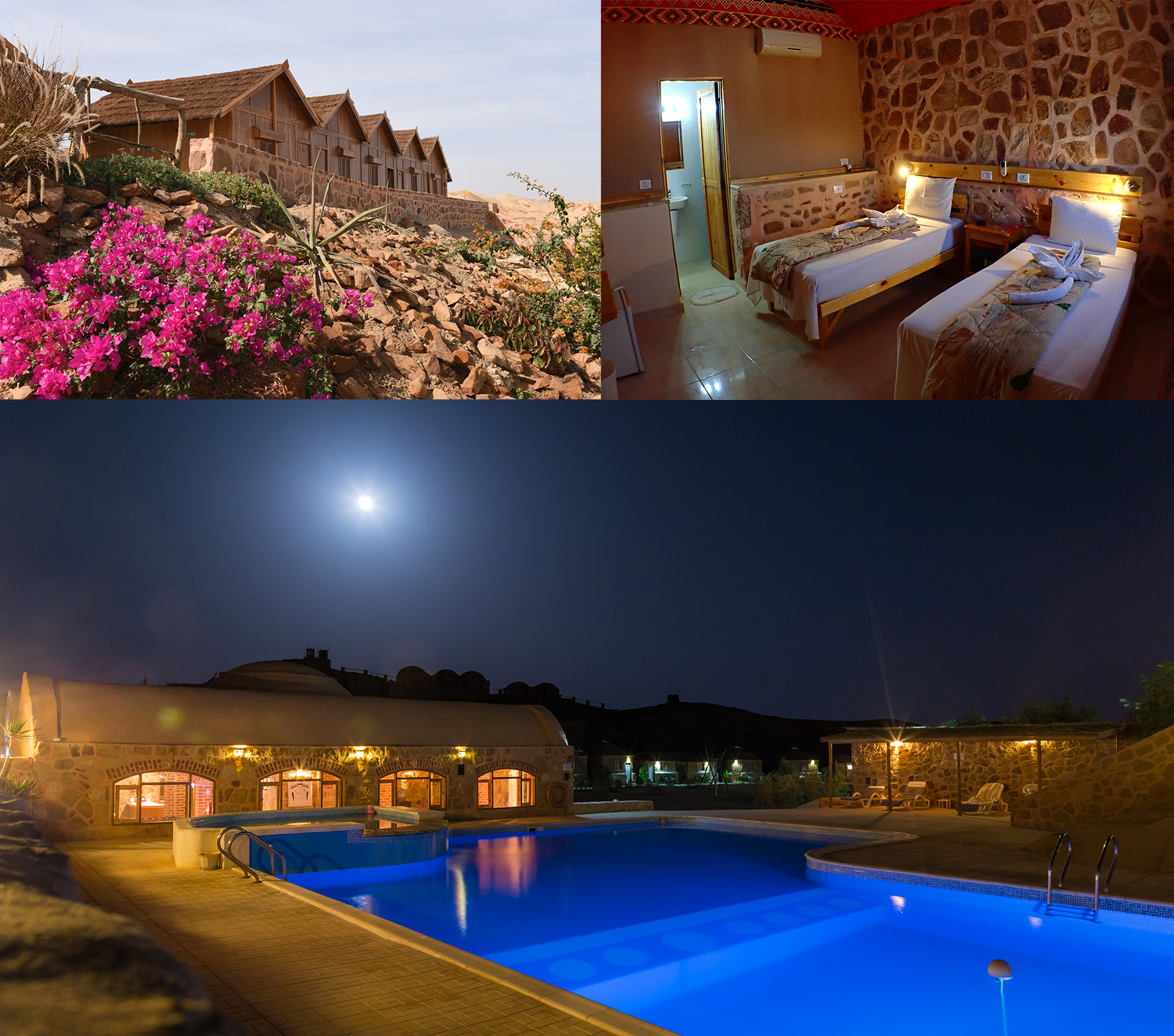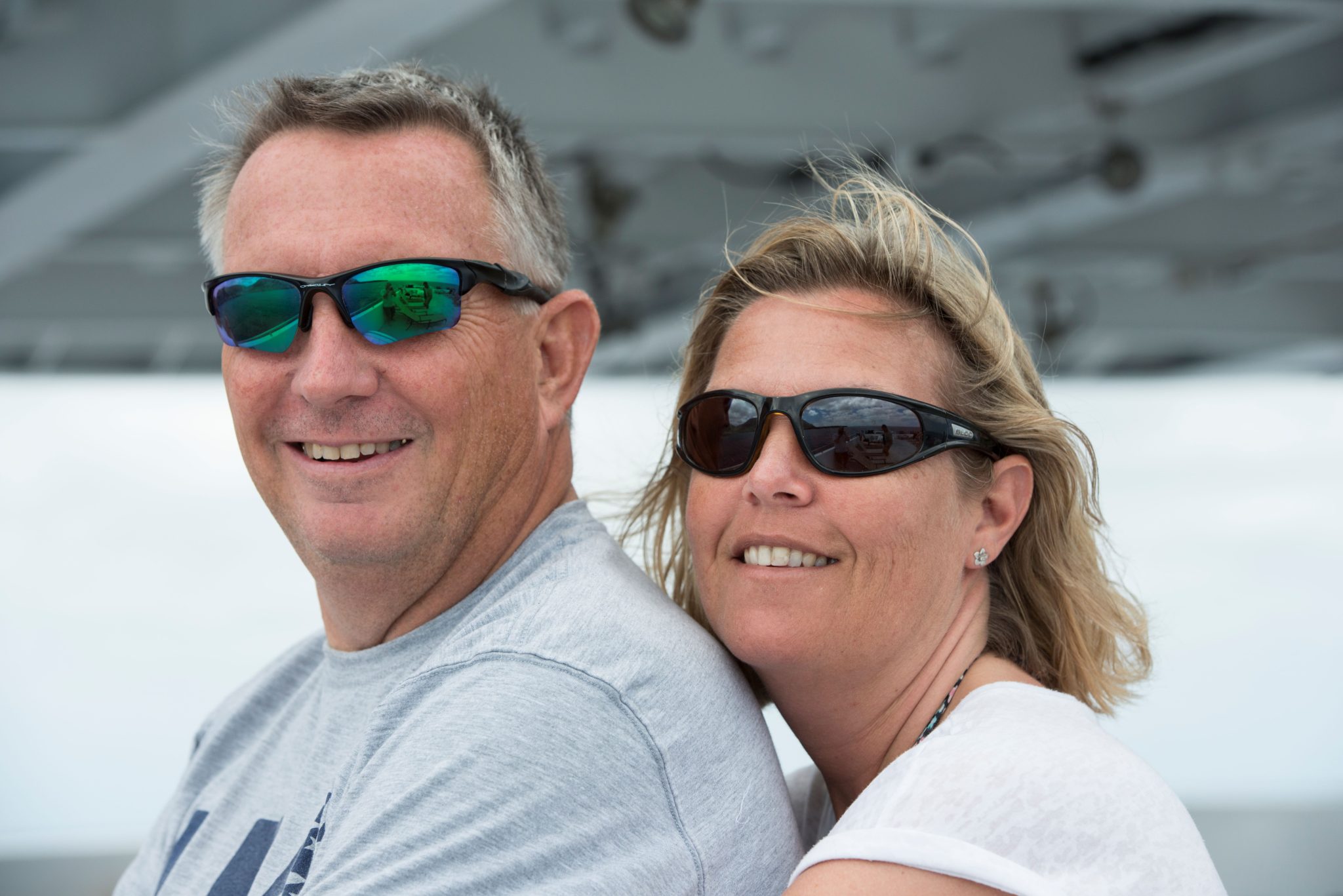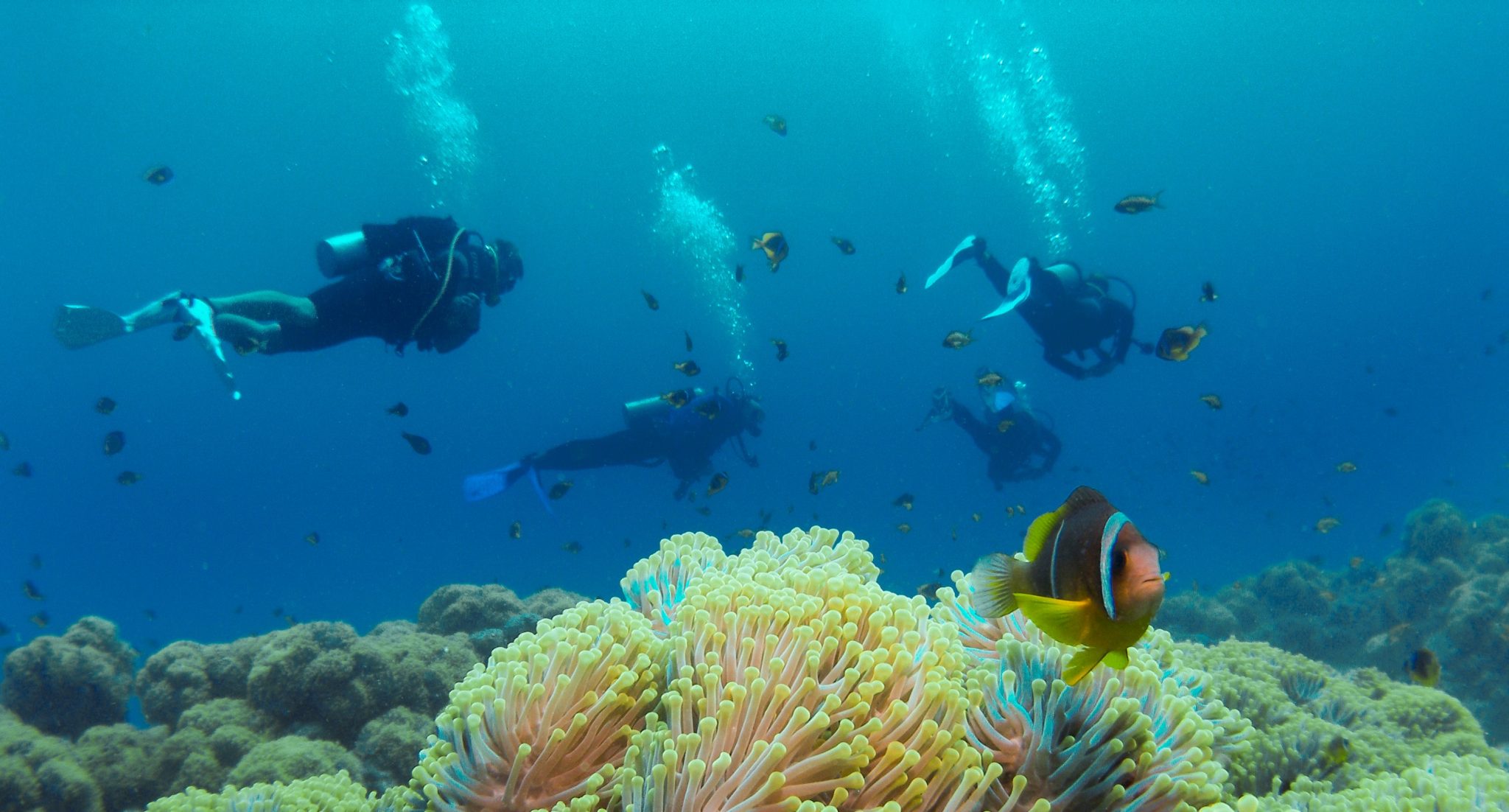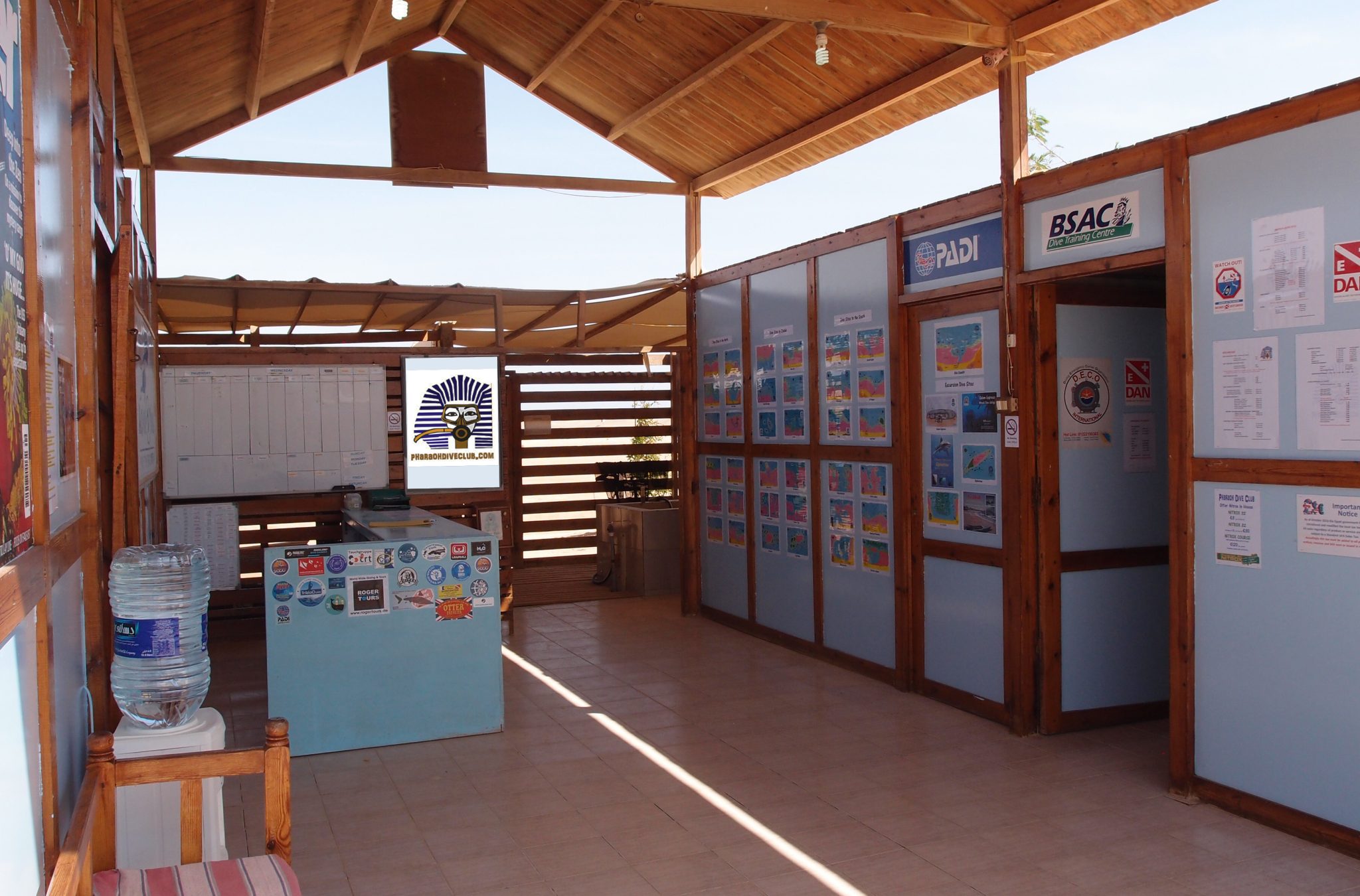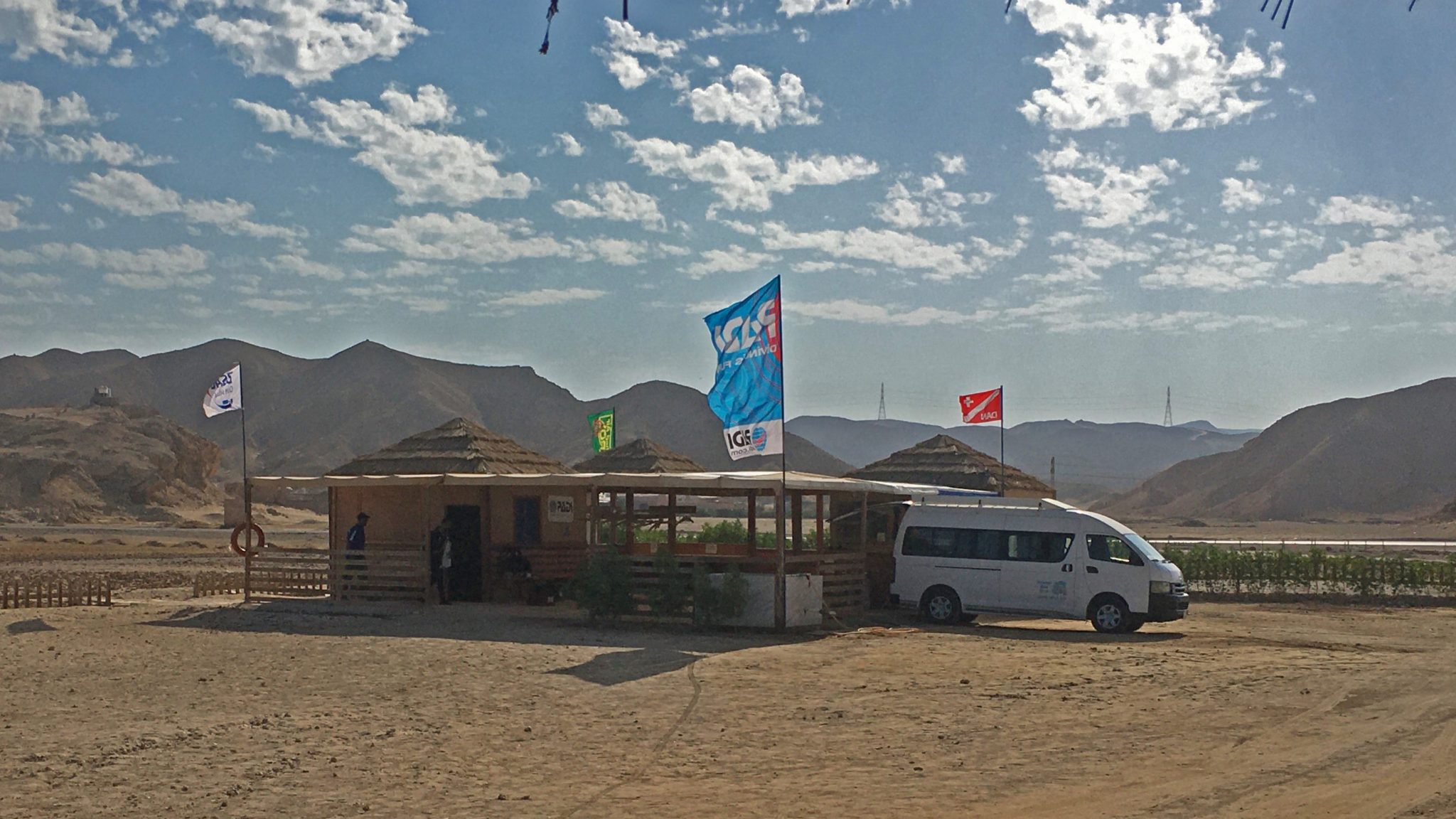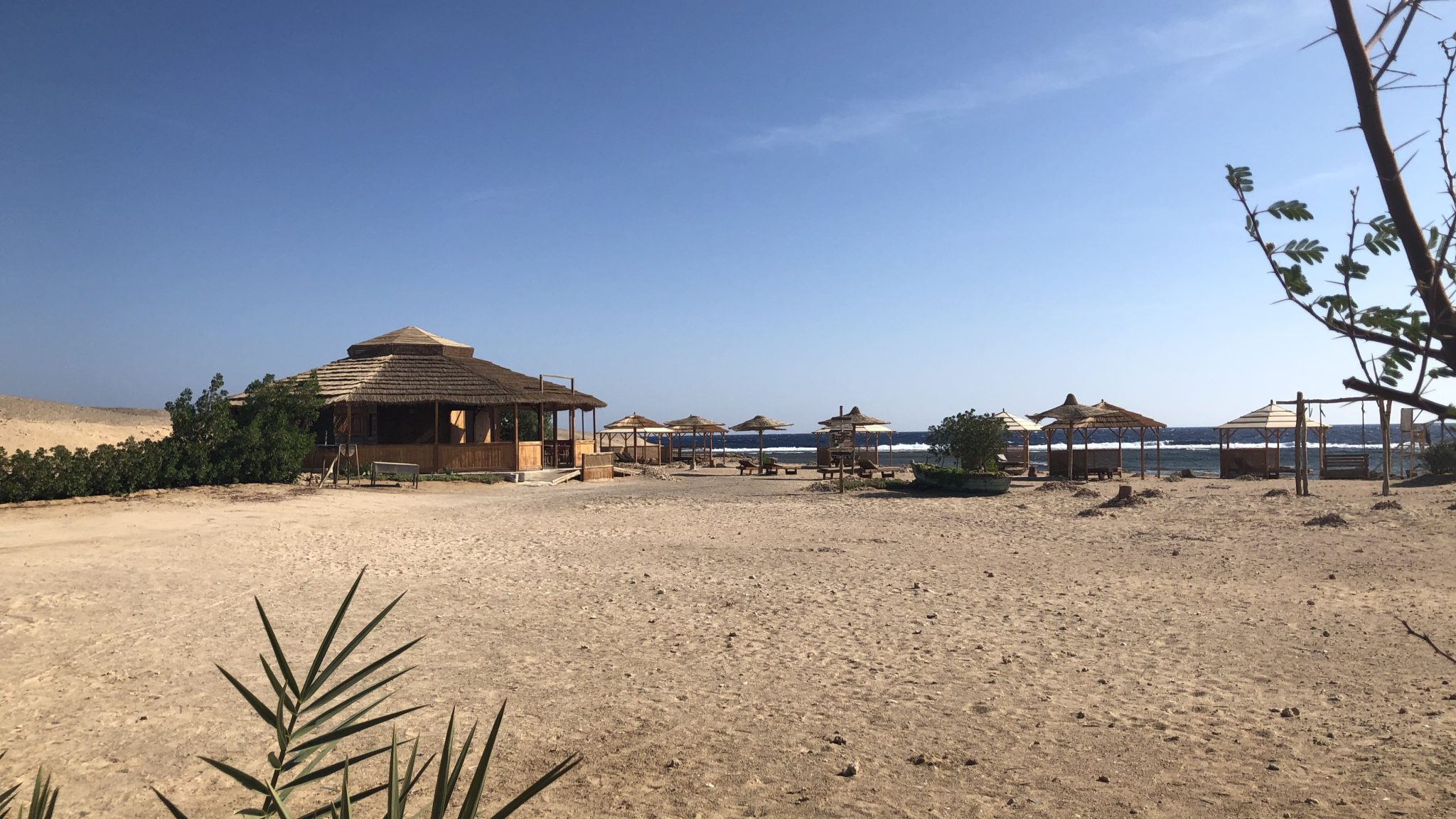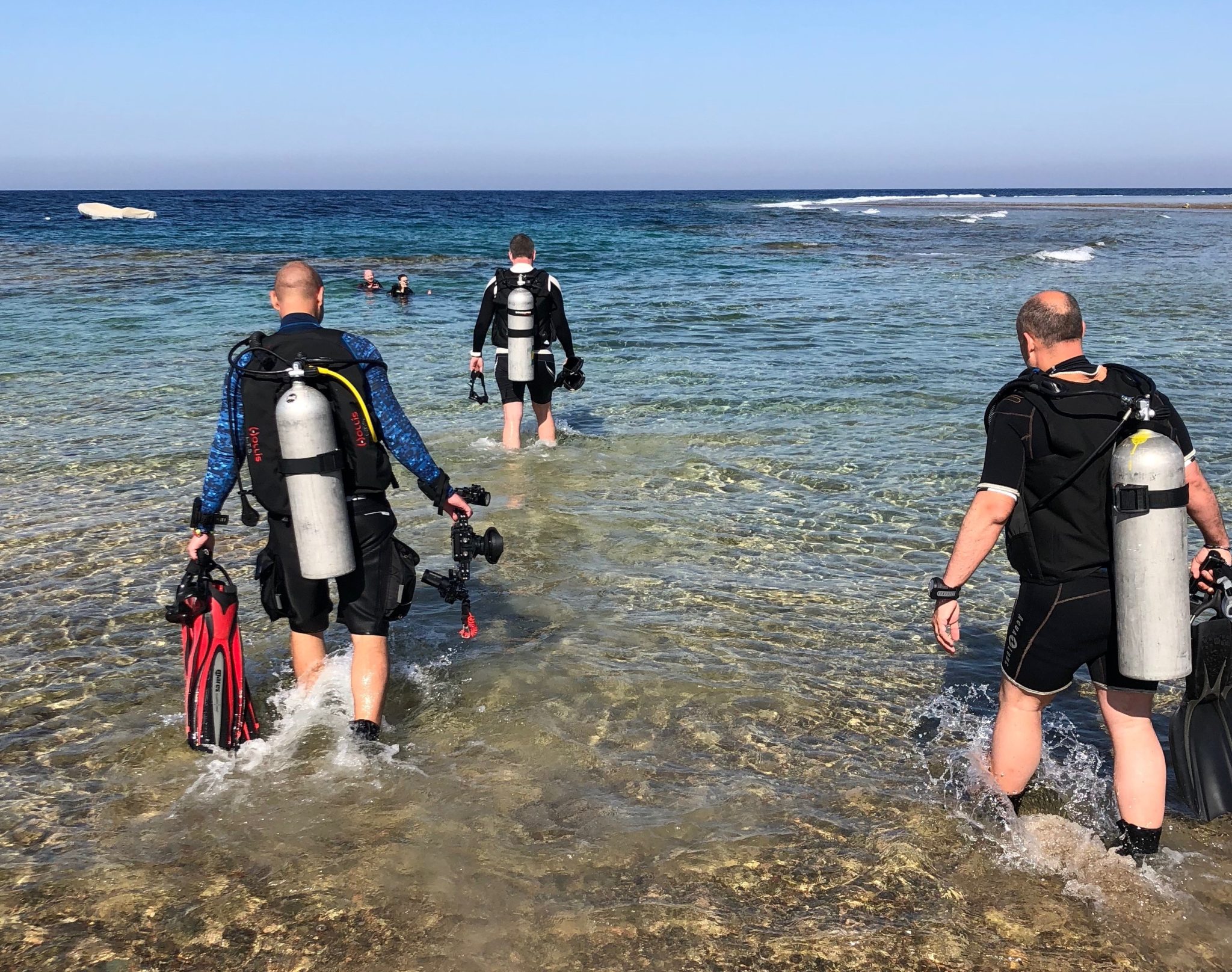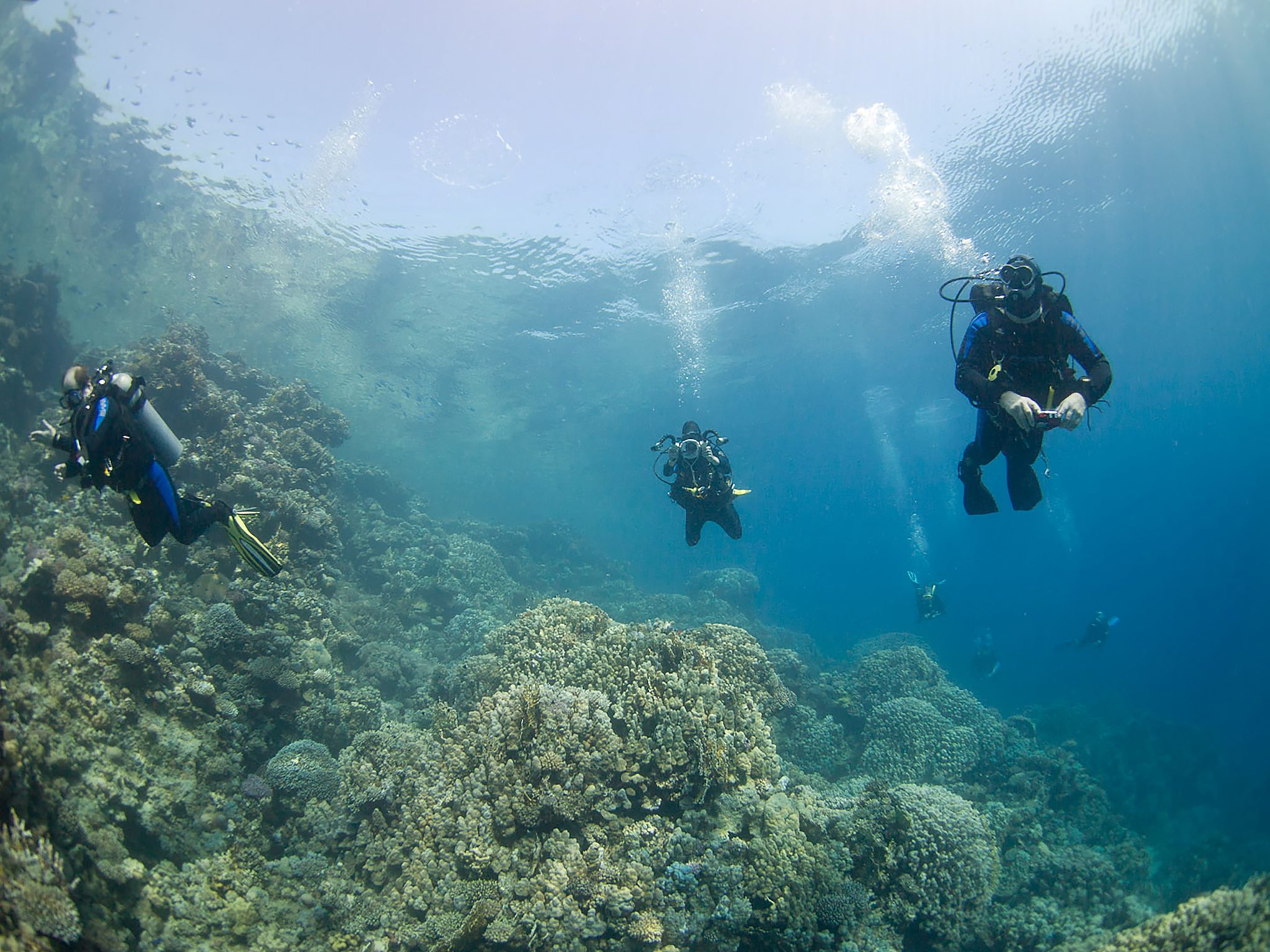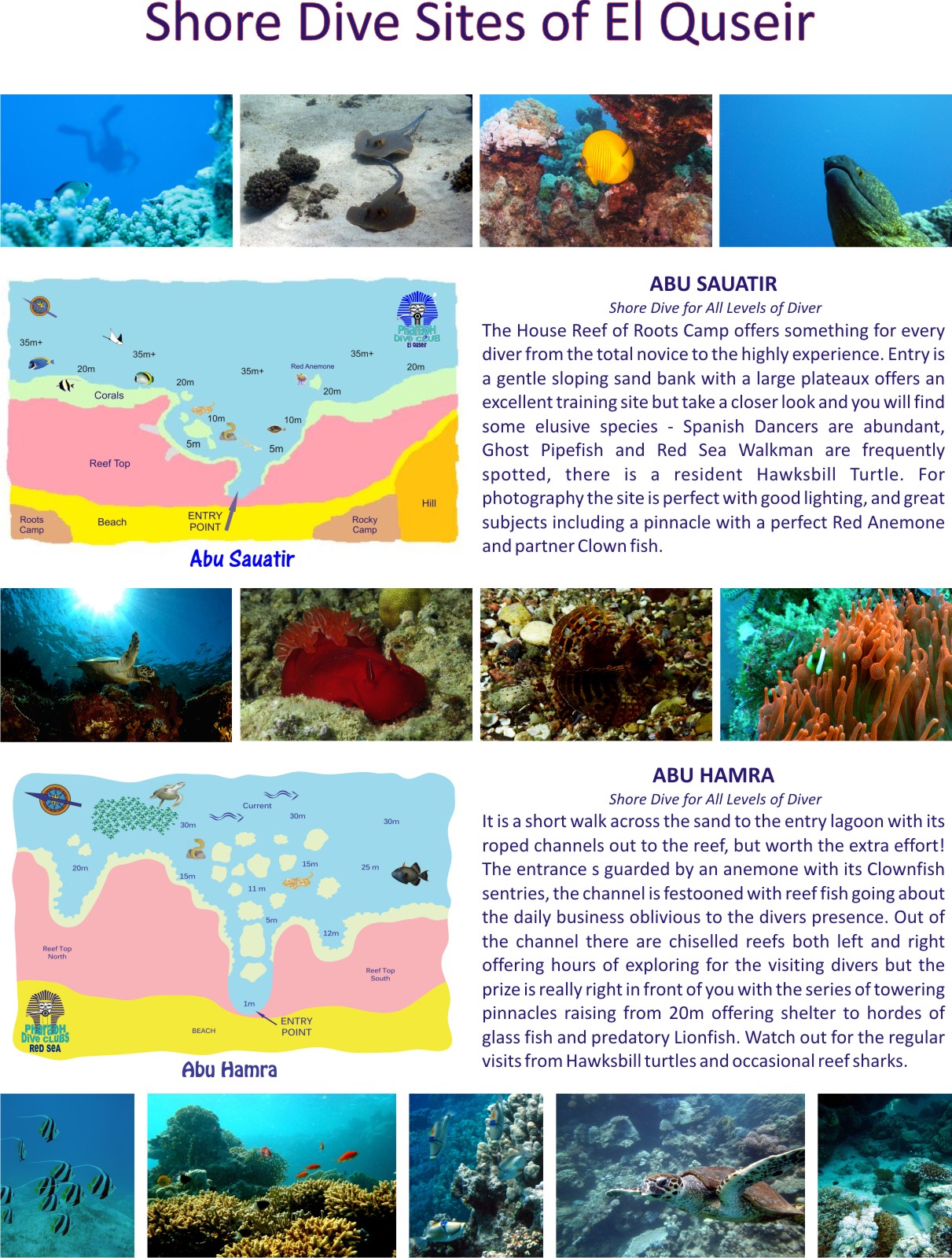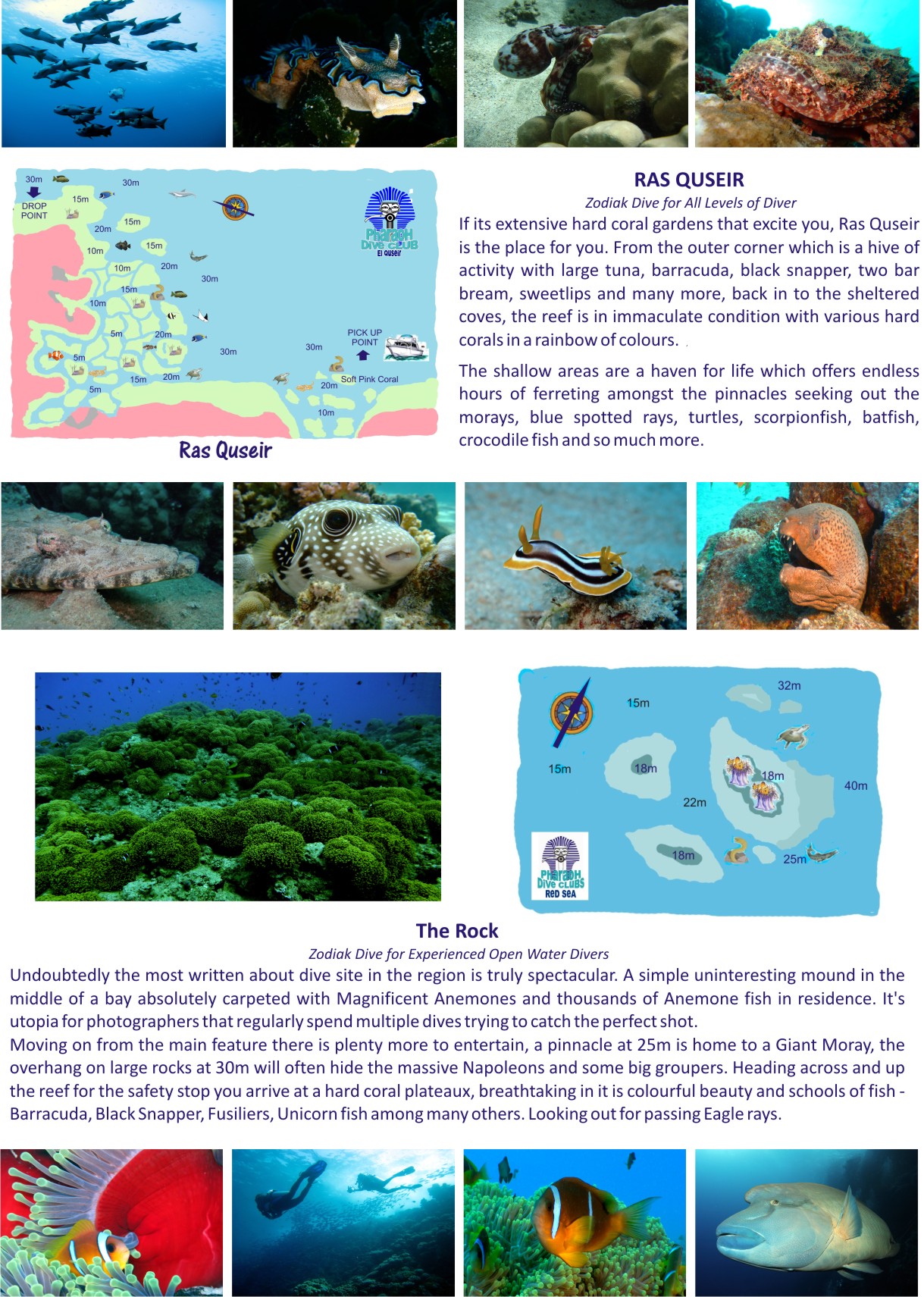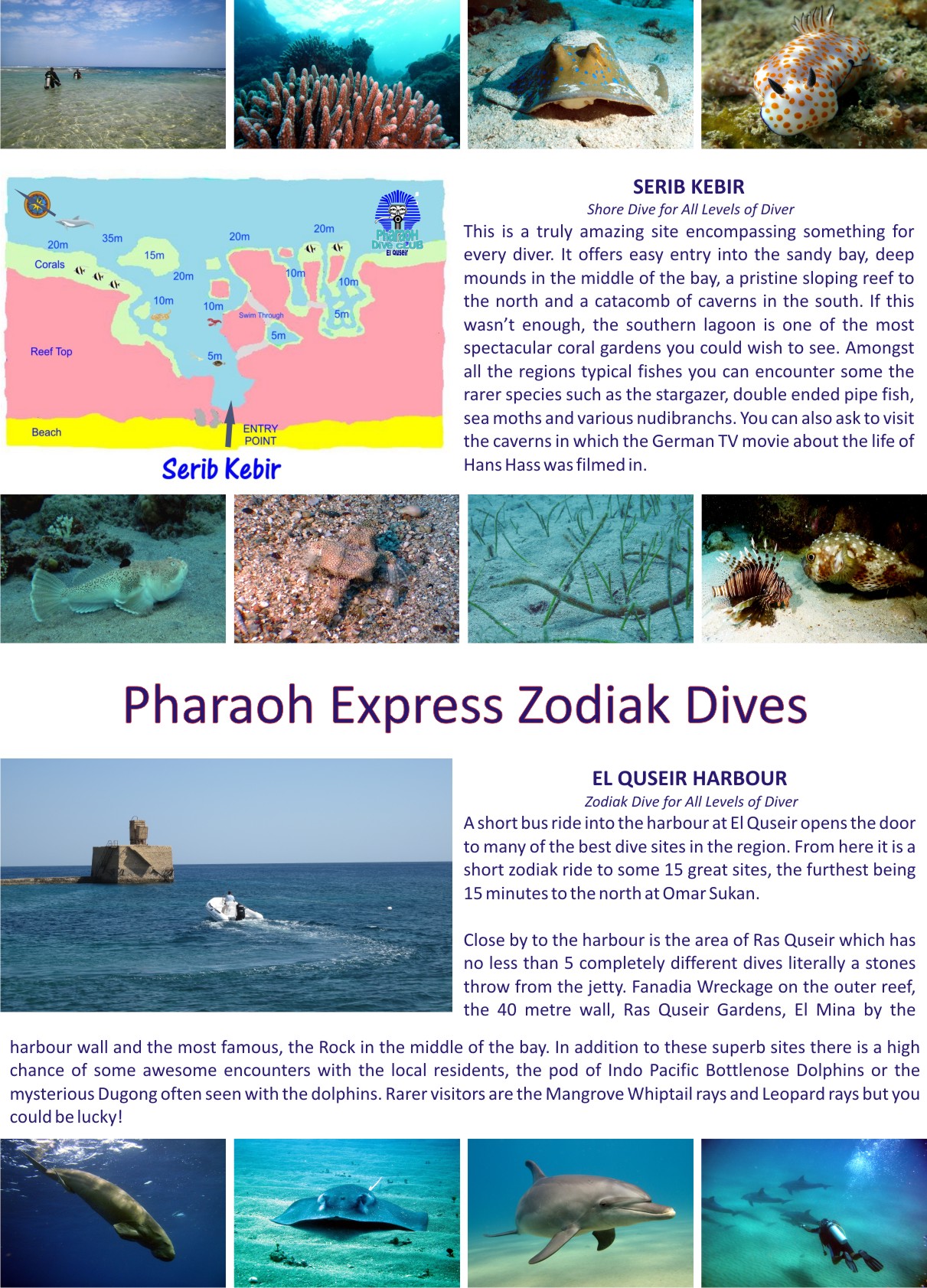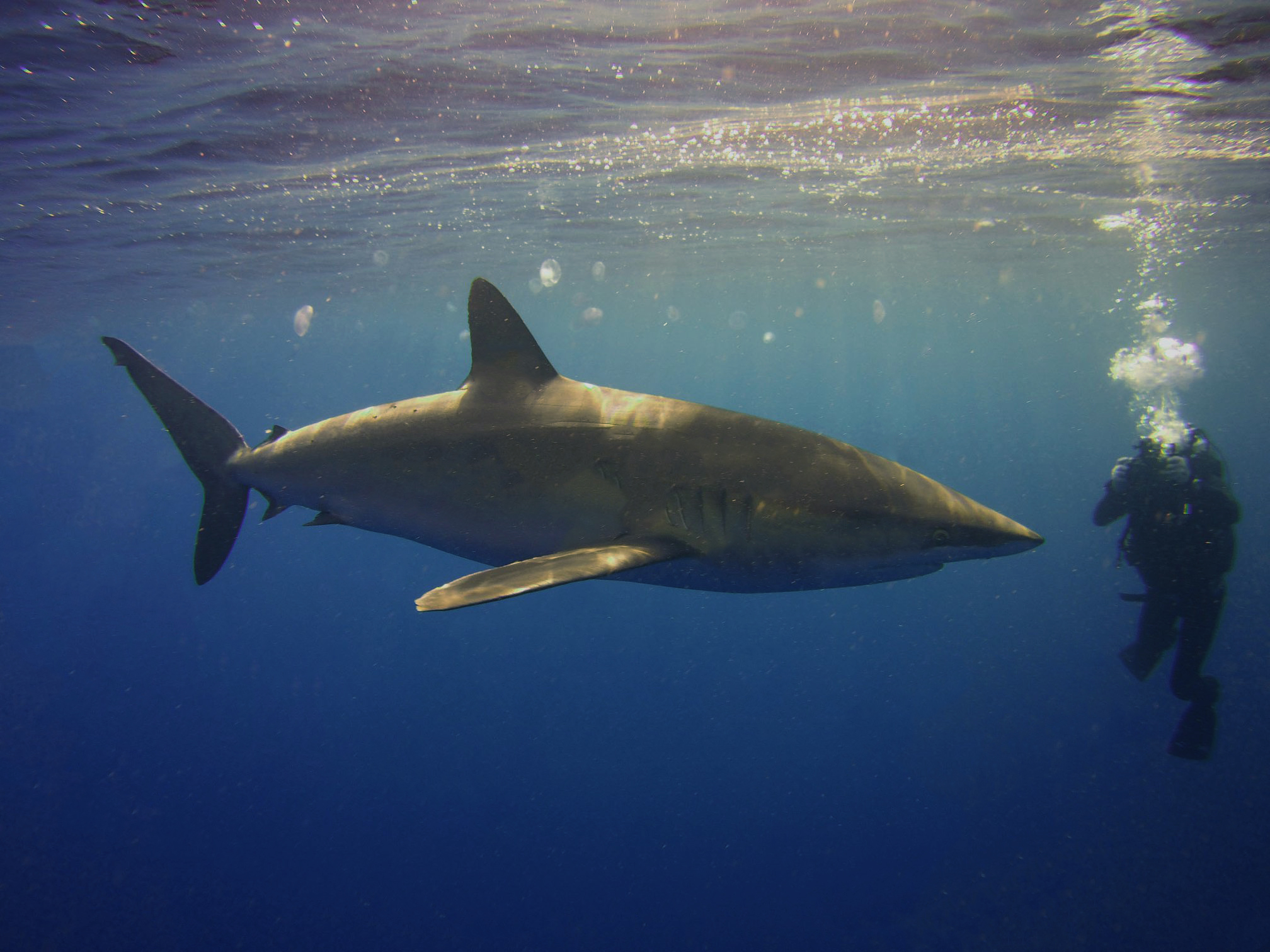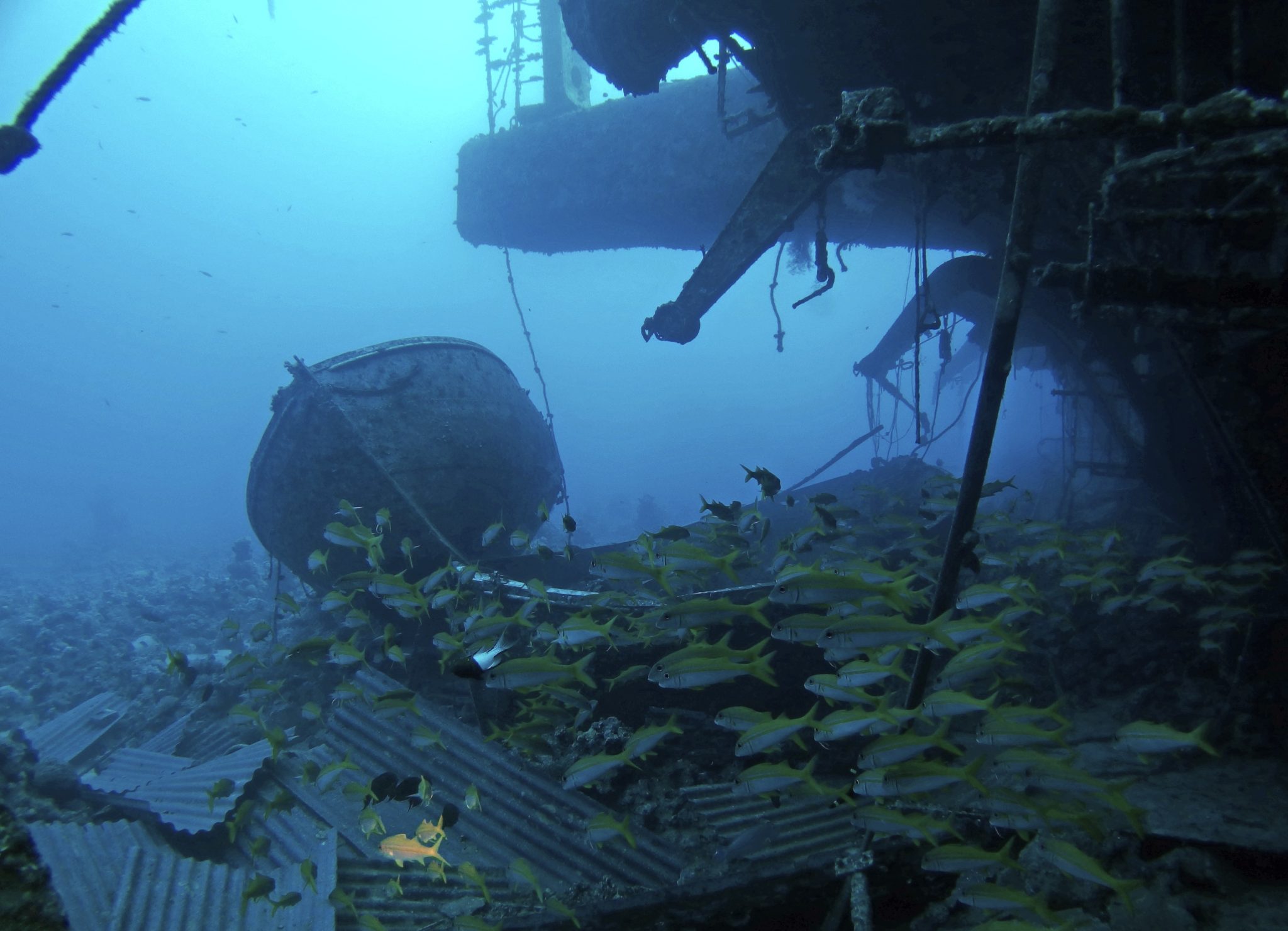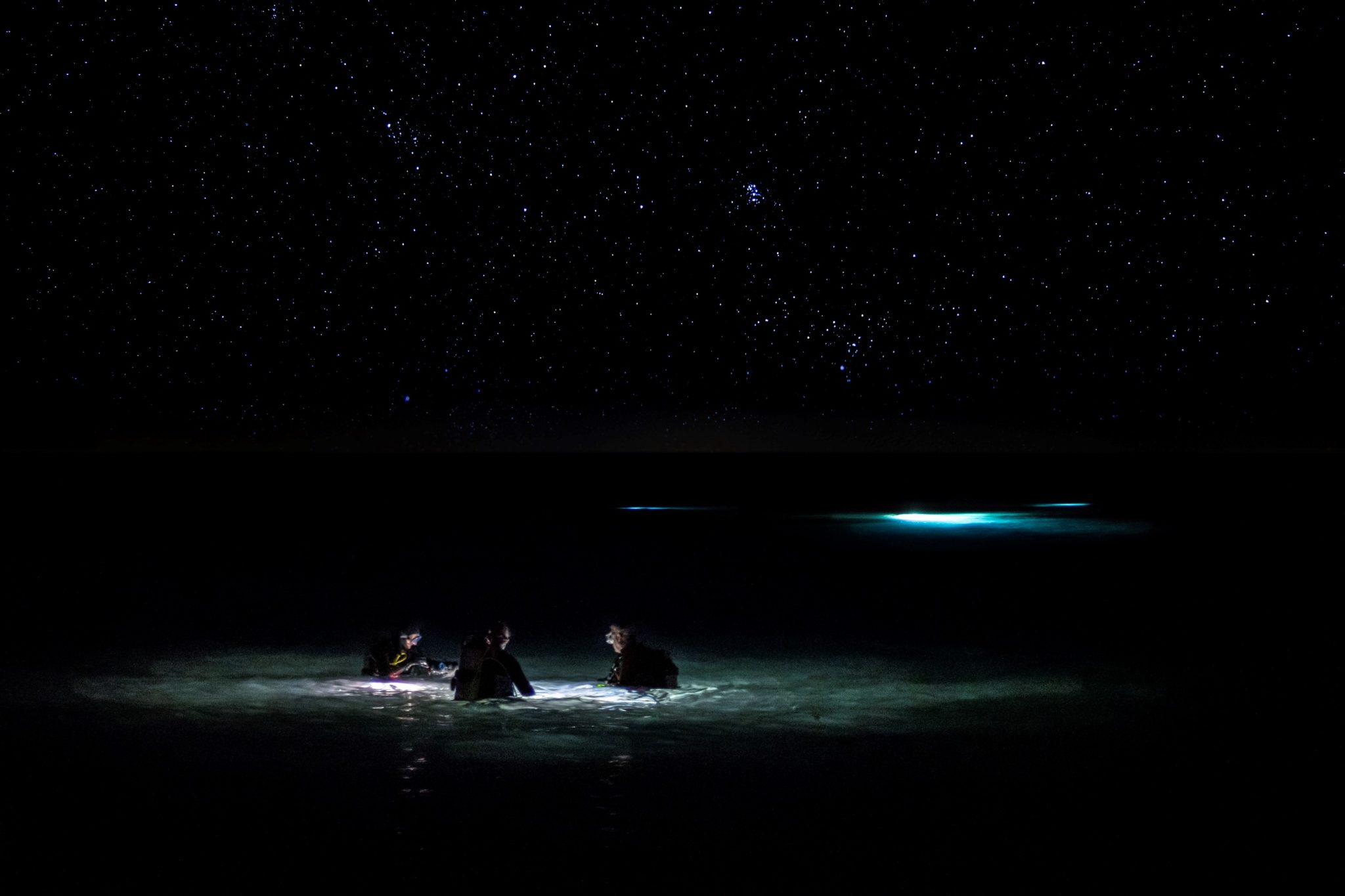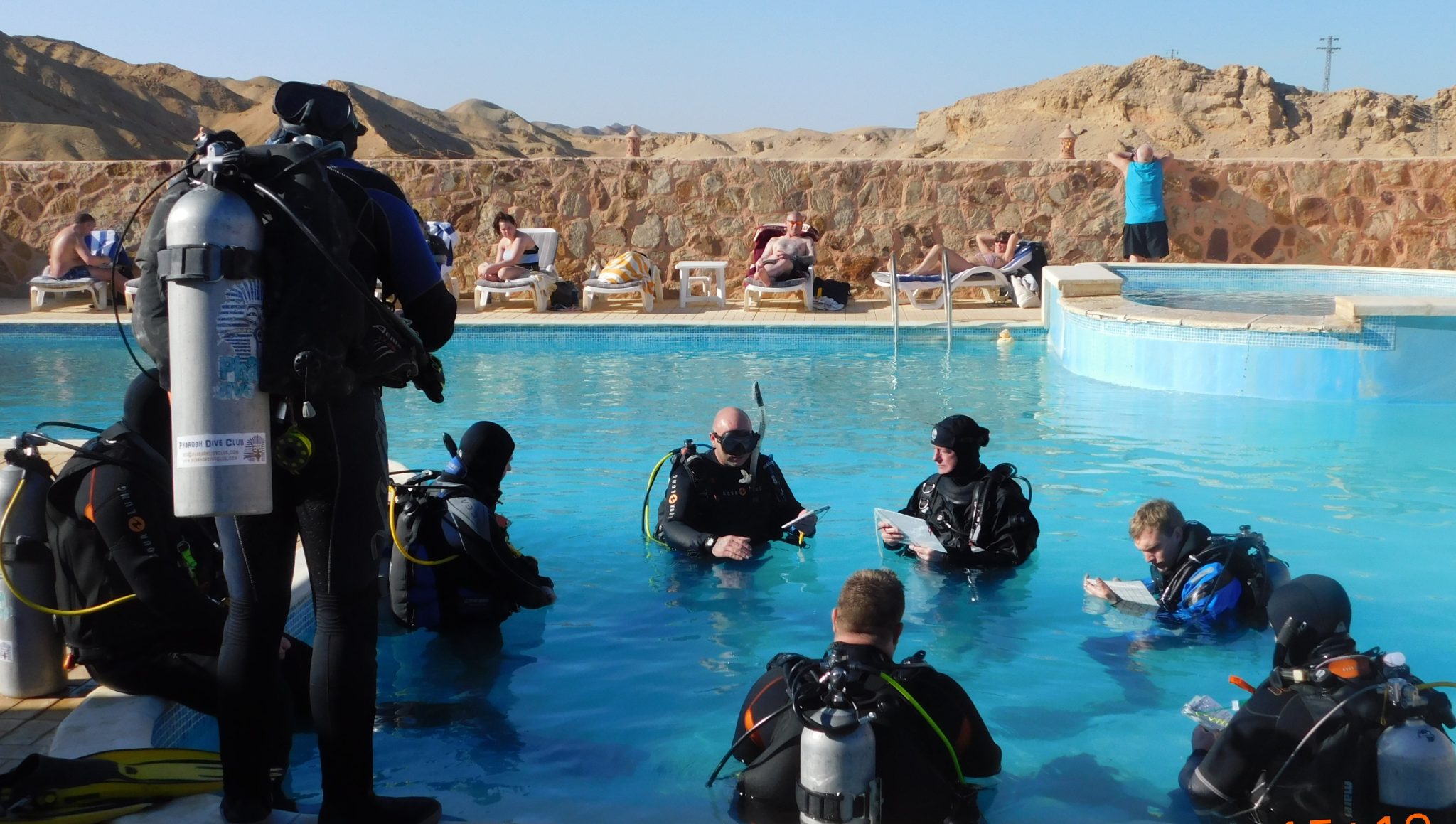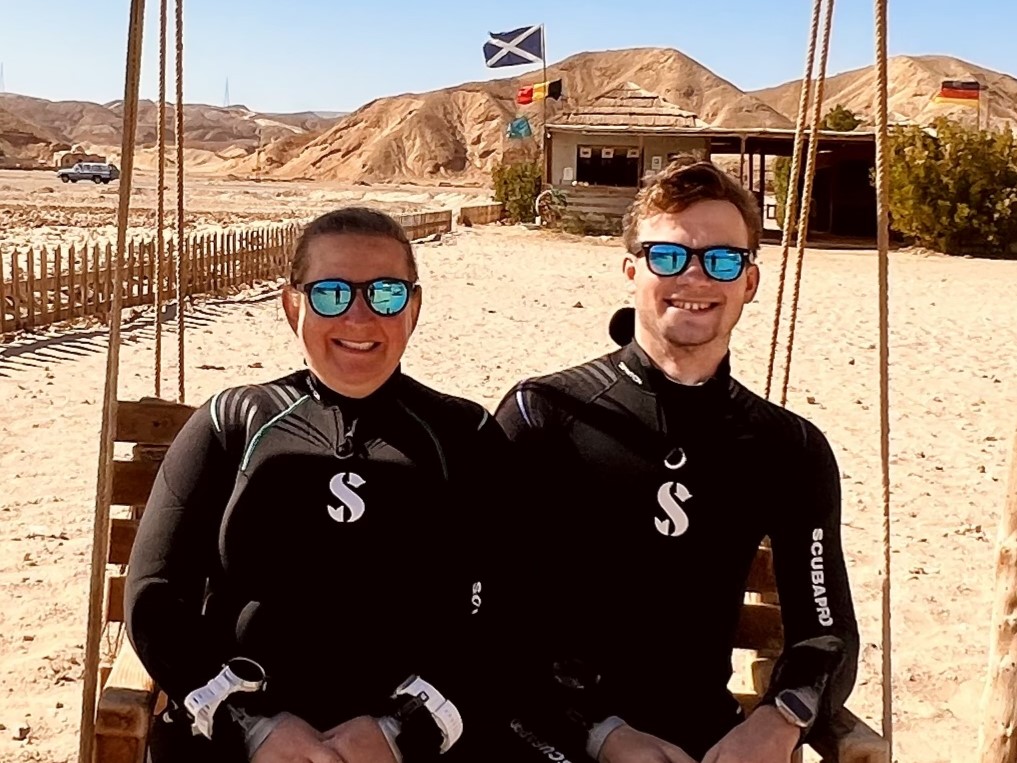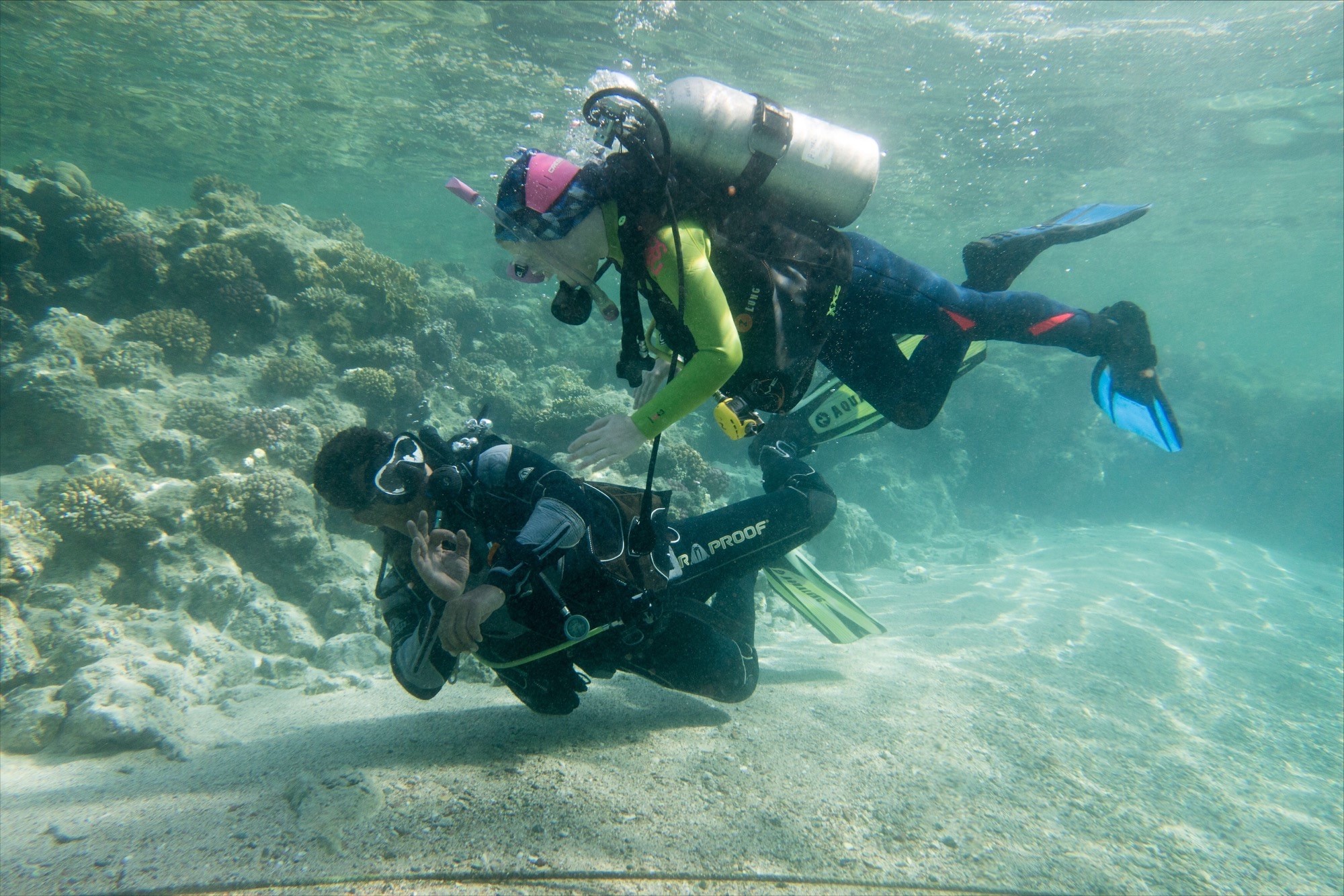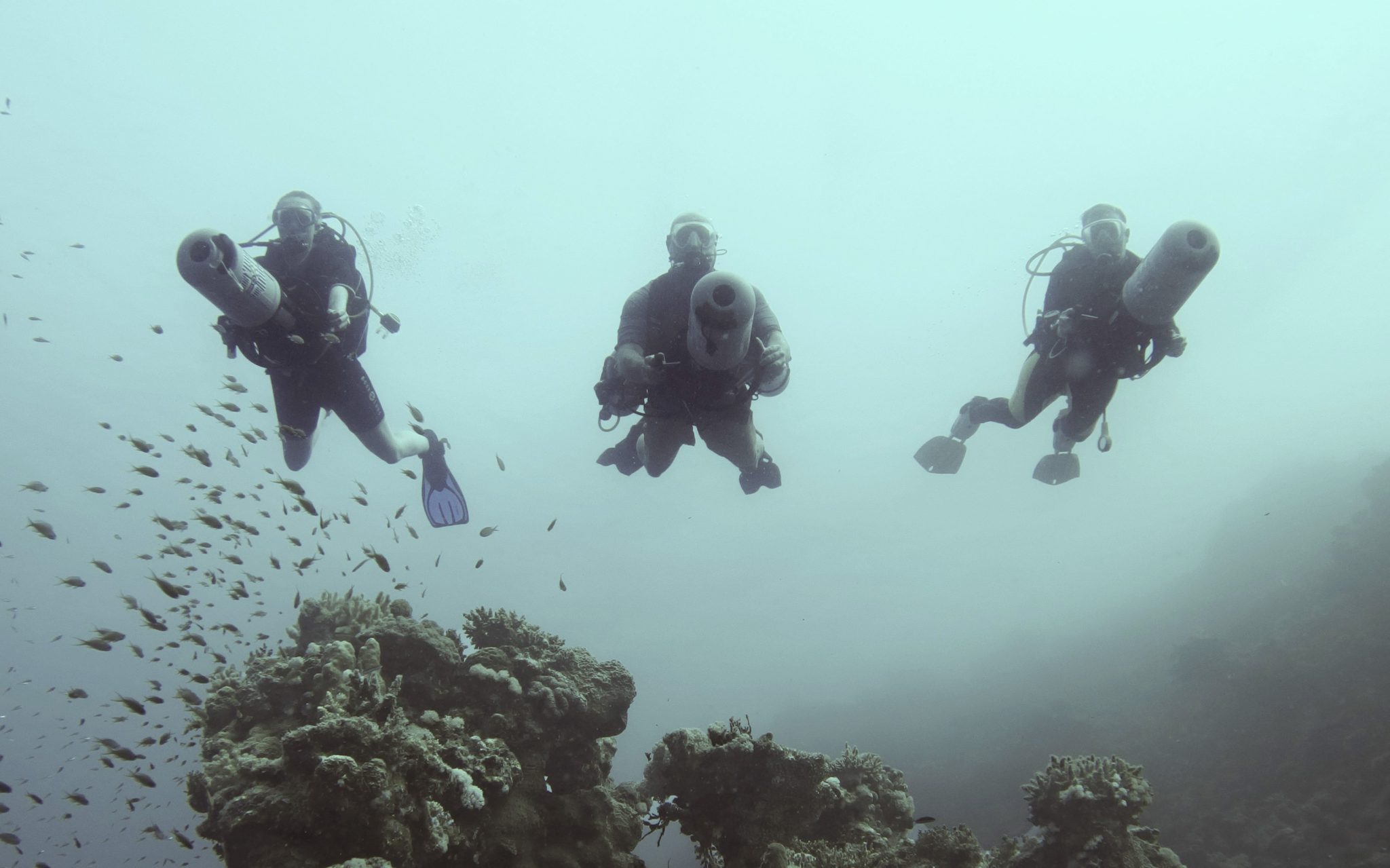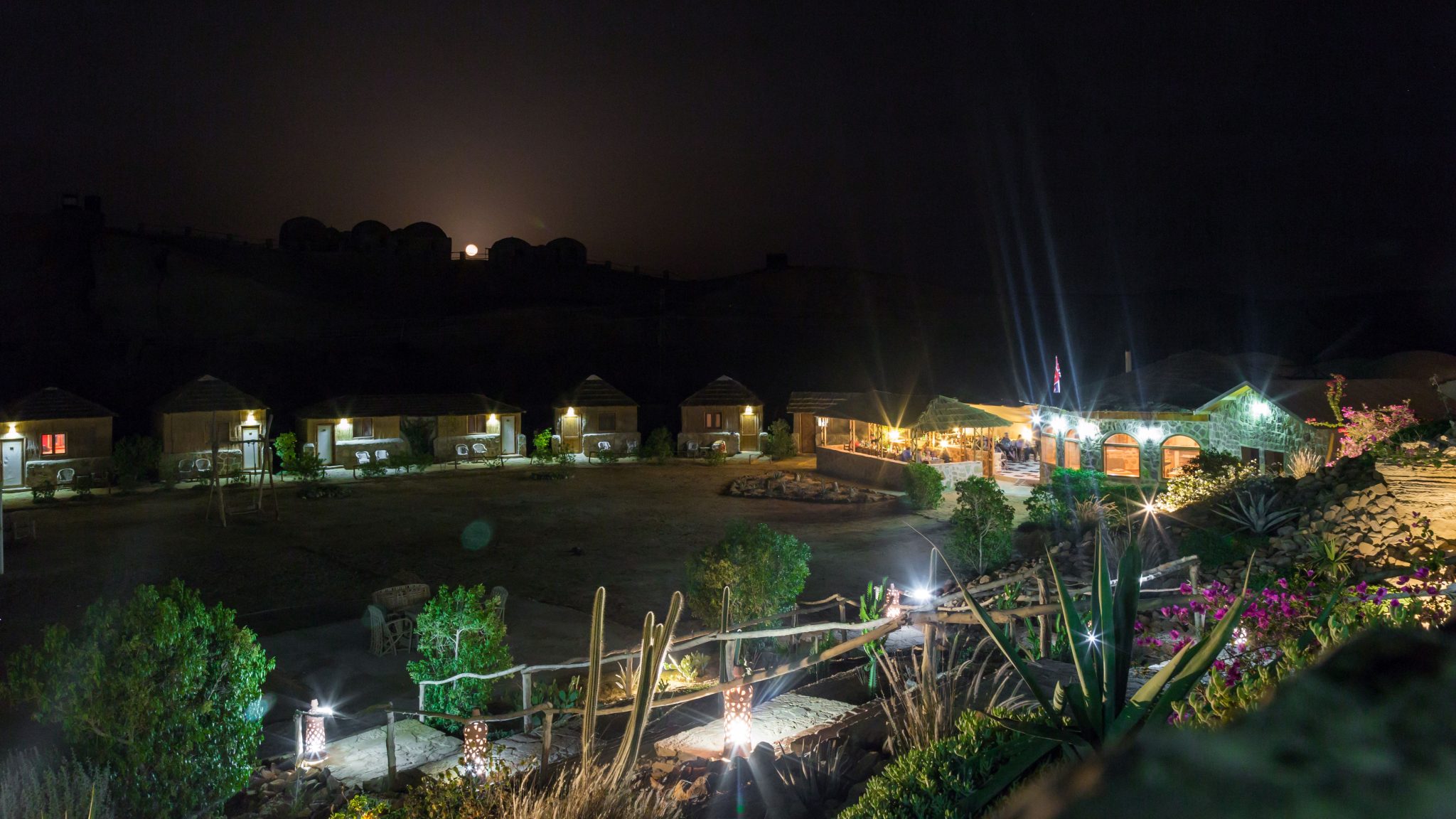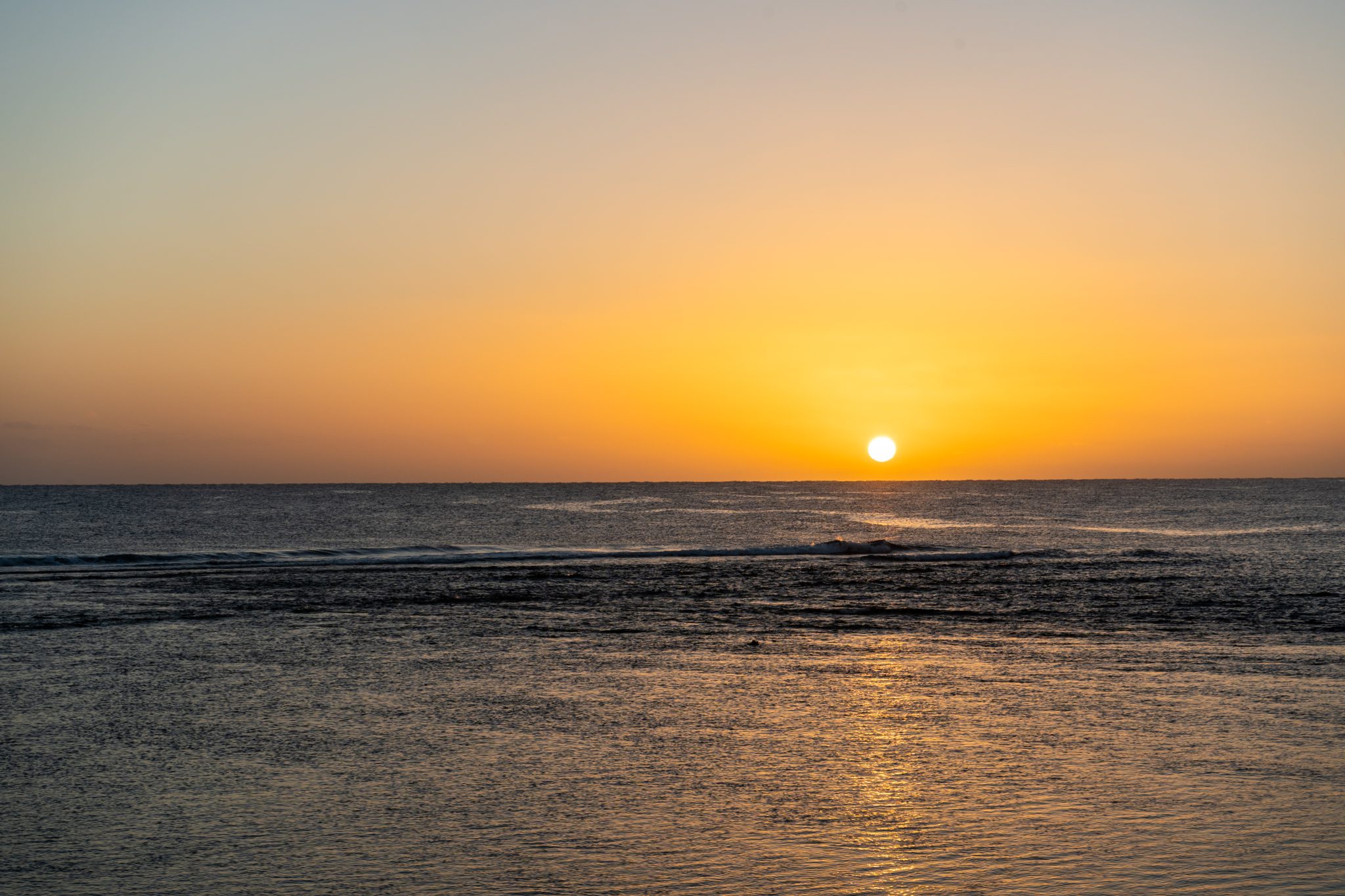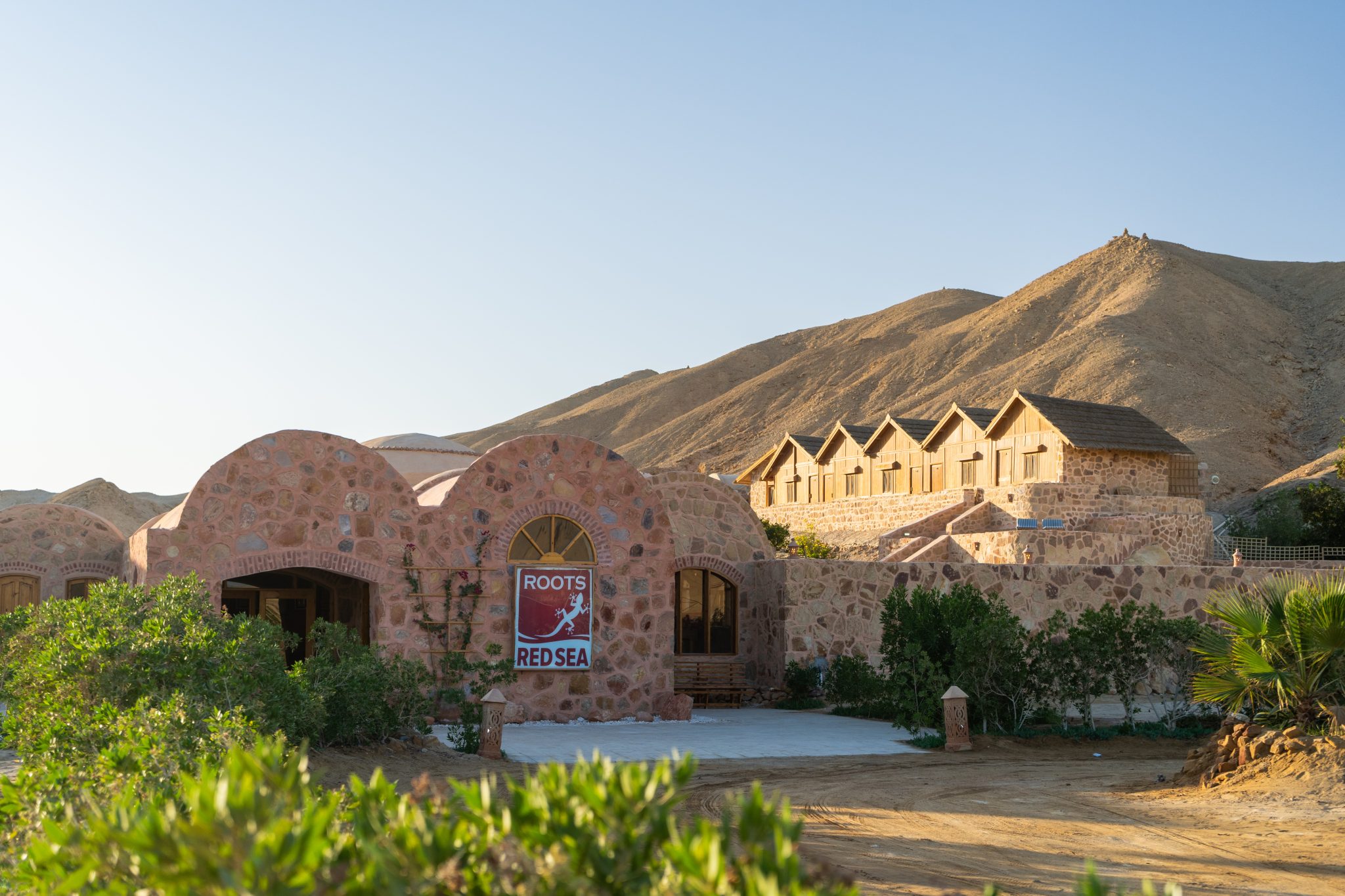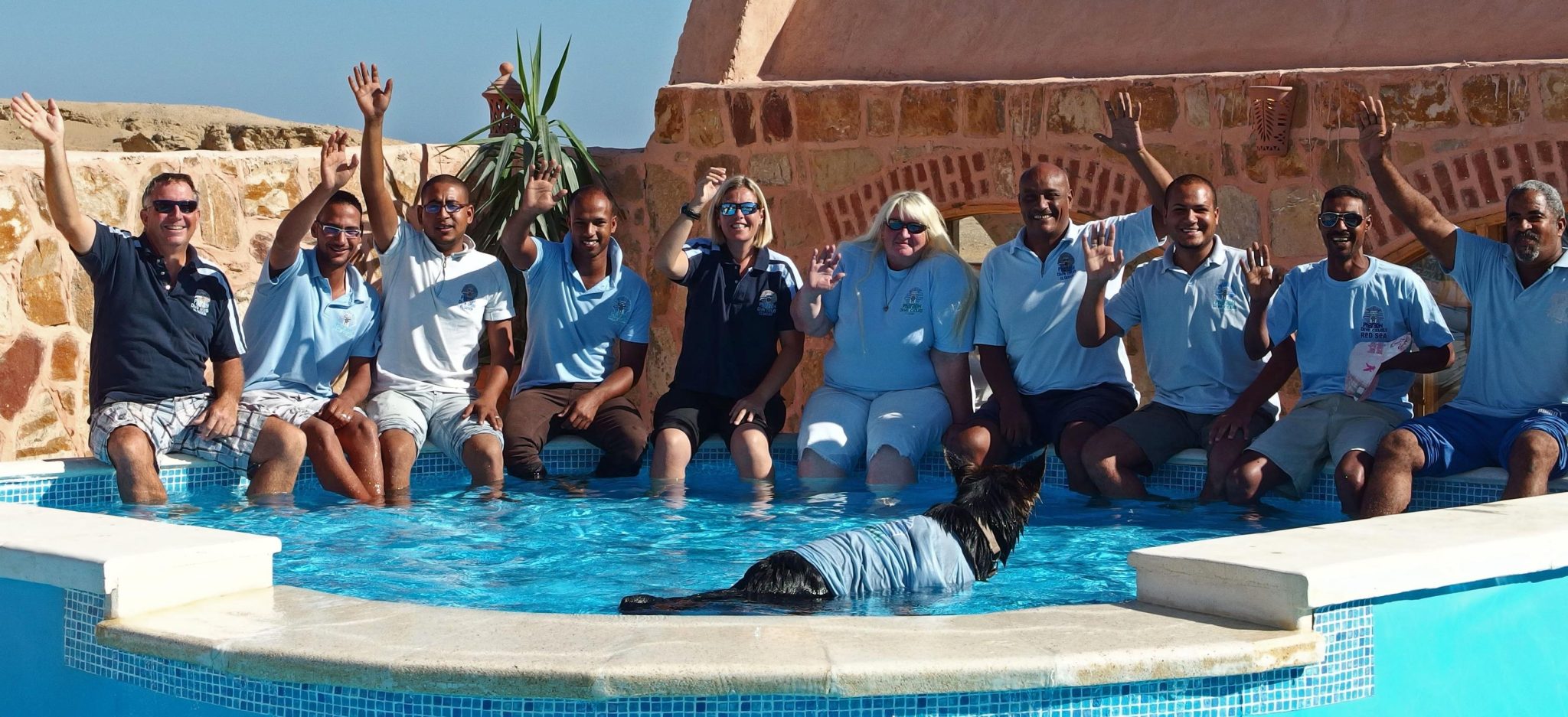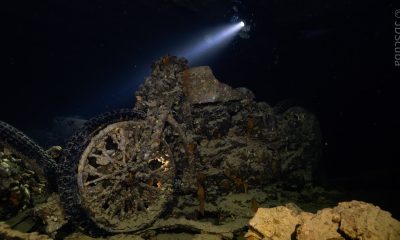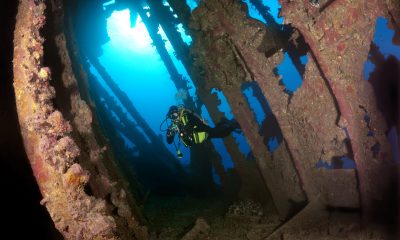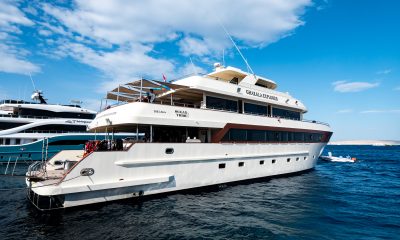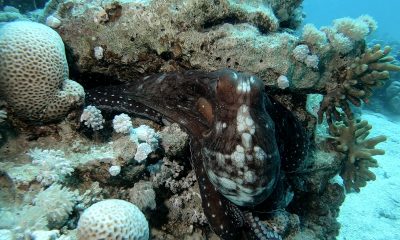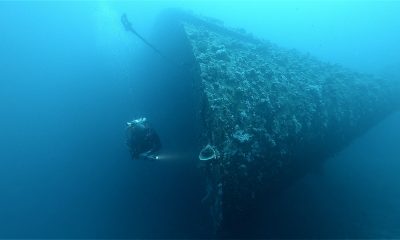Blogs
Discover Peace and Tranquillity in Egypt’s Eastern Desert and its Amazing Red Sea
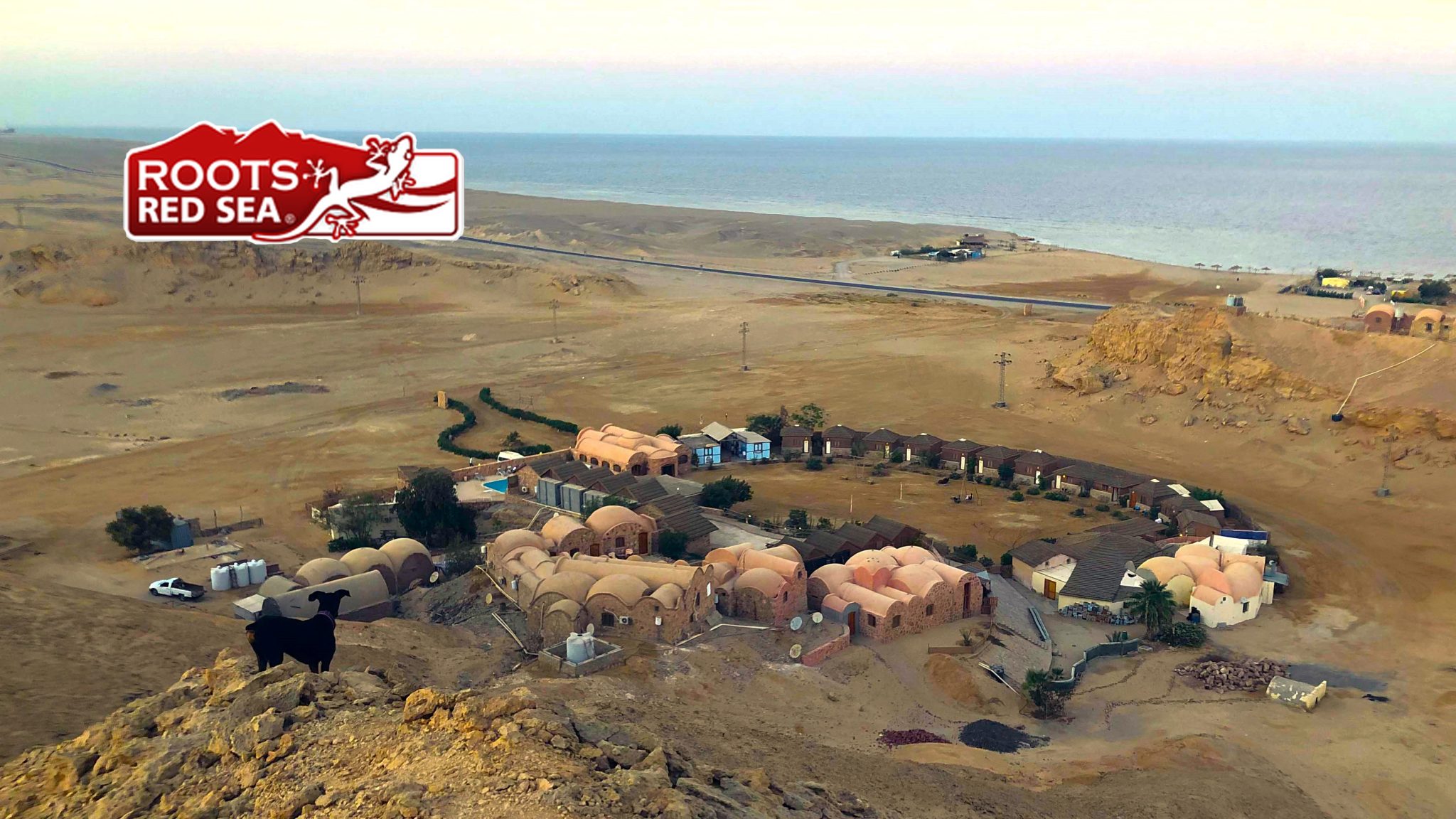
There is a dive resort in the Red Sea that is stuck in time; a time when the marine life was not bombarded by modern times. No tourist hotels, no day boats, and very few divers… simply the Red Sea at its best.
That place is the multi award winning Roots Red Sea.
Nestling on the edge of the Eastern Desert beside a mountain back drop, Roots Red Sea offers an idyllic comfortable retreat in the desert making you truly feel at one with nature.
Roots Red Sea is a small friendly resort aimed at scuba divers, snorkellers and those who want a quiet, peaceful, relaxed atmosphere but with the convenience of having the small traditional town of El Quseir on its doorstep. The tag of a camp should not be taken too literally; it relates more to the location than the outstanding accommodations with modern facilities.
Roots Red Sea is managed by British-owned and run Pharaoh Dive Club, who have an unsurpassed reputation for friendly helpful staff delivering great personal service. Owners Steve and Clare have vast experience of the Red Sea, having been working the region for over 35 years.
Their simple mantra is to deliver the holiday the guest wants and treat everyone the way they would like to be treated themselves. There is a distinct no problem attitude and nothing is too much trouble for the team. It’s certainly a winning formula, as testified by their guests. TripAdvisor award winners every year since opening resulting in being accredited to the TripAdvisor Hall of Fame.
It’s no wonder that Roots Red Sea boasts an annual 75% repeat guest rate. It’s one of the diving world’s best kept secrets!
But you don’t go to the Red Sea to sit in a hotel, no matter how perfect it is – you go for the diving, and that certainly doesn’t disappoint – starting with the awesome house reef!
Roots Red Sea isn’t just the base for Pharaoh Dive Club, its operated by them too. Unlike the majority of holiday resorts across Egypt, at Roots Red Sea everything revolves around making your diving experience as good as it
could ever be.
The dive operation is seamless, from arrival to departure. All the check-in procedures are on-site, right next to the accommodation, and once completed, it’s just a short walk away to the private beach on Abu Sauatir Bay – Roots Red Sea‘s house reef. On the beach, you will find all you need to while away the hours: sun loungers, parasols, toilets, showers, and the Beach Bistro where lunch is served each day.
Diving with Pharaoh Dive Club is extremely relaxed and flexible. For those with suitable experience, the house reef is open from 8am to 5pm for unlimited unguided diving. Come and go as much as your computer allows!
Everyday, if you want, there are options to go further afield and explore the amazing variety of sites both locally and those which require day excursions. Trips are run by bus to shore locations and by zodiac for the less accessible sites.
There is more than enough local diving to fill the days for many visits, however we do also have access to some of the more renowned dive sites, and offer regular opportunities for our divers to experience them.
ELPHINSTONE
Elphinstone Reef is one of Egypt’s most exhilarating diving spots. The summit of a subterranean mountain barely reaches the surface and is abound with rich in colourful corals and fish species, all attracting the interest of hungry barracuda, dolphins and sharks. This is one of the few places where divers can regularly come in direct contact with the awesome Oceanic White Tip shark.
These encounters are only for experienced advanced divers due to the reef’s location in the open-sea, with its alluring but dangerously deep coral plateaus and caves and its infamous and constantly changing currents. You’re guaranteed an unforgettable experience.
SALEM EXPRESS
The Salem Express is a wreck to be dived with immense respect for the poor souls who lost their lives in tragedy just an hour away from its final destination, the Safaga Port.
Originally built in the French shipyards of La Seyne in 1964 and known by several different names during the course of its life, the Salem Express was a 100 meter (300 feet) long roll-on roll-off ferry. She is is resting at a depth of 12 to 30 meters on its starboard side with its bow doors wide open.
On descending, the port side of the ship is merely 12 meters below the surface and is surprisingly intact. The lifeboats with the distinct “S” emblem are indications that they passengers didn’t even get the chance to lower them.
The Salem Express is a fabulous wreck dive for all levels of diver with clear waters allowing you to see the complete wreck as you descent to the the port side to begin your tour.
NIGHT DIVING AT ROOTS RED SEA
Night diving at Roots Red Sea is constantly referred to by our guests as their best ever. The unspoilt reef around the bay changes completely at night with a whole new cast of attractions. Without a doubt, the stars of the show are the awesome Spanish Dancers and eerie Flashlight fish who dart around the reef face.
They may be the stars, but the reef is also abundant with the resident sleeping Hawksbill turtle, sleeping parrot fish in their mucus bubbles exciting finds, and more. When the dive is over and you are back on the beach, you will undoubtedly be reaching for the marine life ID books, as there are some very strange looking night visitors!
FROM ZERO TO HERO: DIVER TRAINING WITH ROOTS RED SEA
Roots is also the perfect location for diver training, from total beginner to going pro.
PADI IDC AT ROOTS
Fancy turning your hobby into a career? Our PADI Pro training is provided by the best in the industry, namely Ocean Turtle Diving. Platinum Course Director Kerrie Eade works alongside Elite Course Director Edwin Lodder to ensure each course is fun and enjoyable whilst delivering the highest level of coaching and extraordinary success rates.
Kerrie and Edwin have achieved the highest level of recognition from PADI for their Pro training. They train in excess of 200 professionals each year, yet still deliver bespoke, tailored training to meet the needs of each candidate.
The next IDC at Roots Red Sea will begin on 30th November through to 7th December with the IE in Hurghada on the 9th and 10th December. Click here for more details or to book:
https://www.oceanturtlediving.com/padi-open-water-scuba-instructor
Have we whet your appetite to come and visit us? Lets make it a simple decision by making a very special offer!
Come and grab some winter sun with our exclusive offer in association with Scubaverse:
Visit Roots Red Sea during the whole of December 2023 through to the end of February 2024, with an amazing 2 for 1 package. Valid for bookings received before 1st November 2023, quoting reference SBV1023.
Blogs
Northern Red Sea Reefs and Wrecks Trip Report, Part 3: The Mighty Thistlegorm
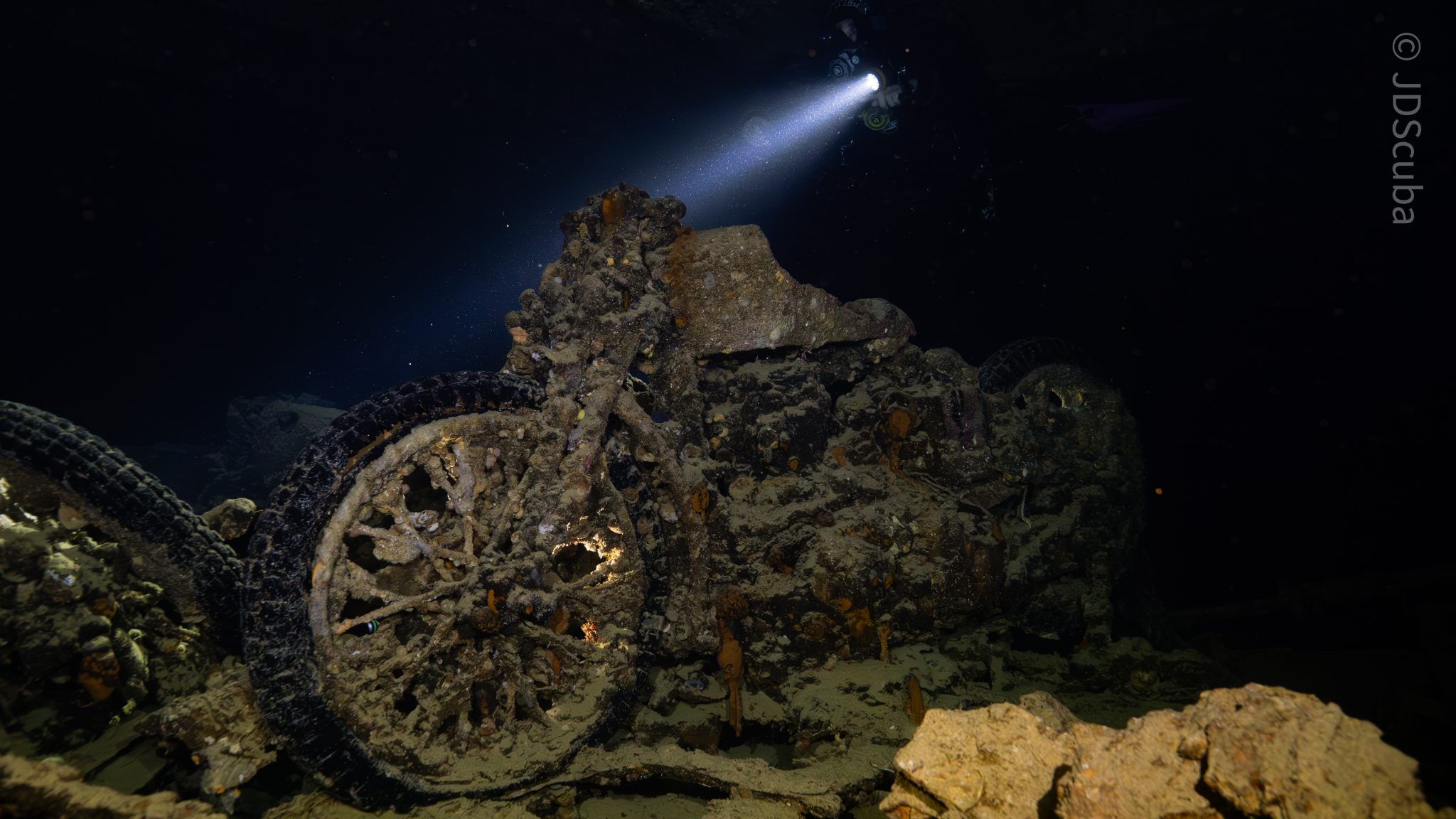
Jake Davies boards Ghazala Explorer for an unforgettable Red Sea diving experience…
Overnight, the wind picked up, making the planned morning dive a bit bumpy on the Zodiacs to the drop point on Thomas Reef. There, we would dive along the reef before descending through the canyon and then passing under the arch before ascending the wall with a gentle drift. The site provided great encounters with more pelagic species, including shoals of large barracuda, tuna, and bigeye trevally.
Once back on the boat, it was time to get everything tied down again as we would head back south. This time, with the wind behind us, heading to Ras Mohammed to dive Jackfish Alley for another great gentle drift wall dive before then heading up the coast towards the Gulf of Suez to moor up at the wreck of the Thistlegorm. This being the highlight wreck dive of the trip and for many onboard, including myself, it was the first time diving this iconic wreck. I had heard so much about the wreck from friends, and globally, this is a must on any diver’s list. Fortunately for us, there was only one other boat at the site, which was a rarity. A great briefing was delivered by Ahmed, who provided a detailed background about the wreck’s history along with all the required safety information as the currents and visibility at the site can be variable.
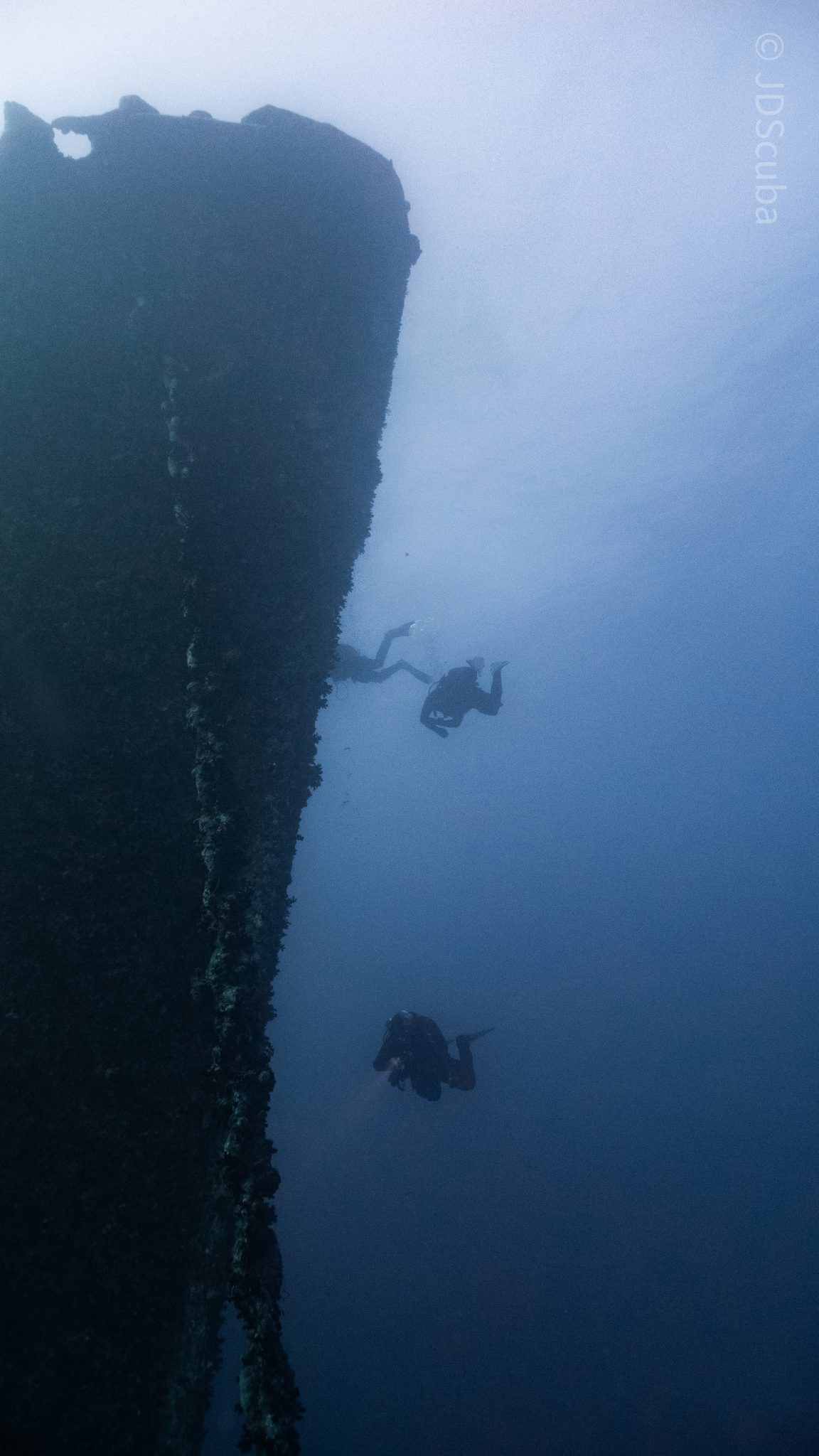
Kitting up, there was a lot of excitement on deck before entering the water and heading down the shoreline. Descending to the wreck, there was a light northerly current which reduced the visibility, making it feel more like the conditions that can be found off the Welsh coast. At 10m from the bottom, the outline of the wreck appeared as we reached the area of the wreck which had been bombed, as our mooring line was attached to part of the propeller shaft. Arriving on deck, instantly everywhere you looked there were many of the supplies which the ship was carrying, including Bren Carrier tanks and projectiles that instantly stood out.
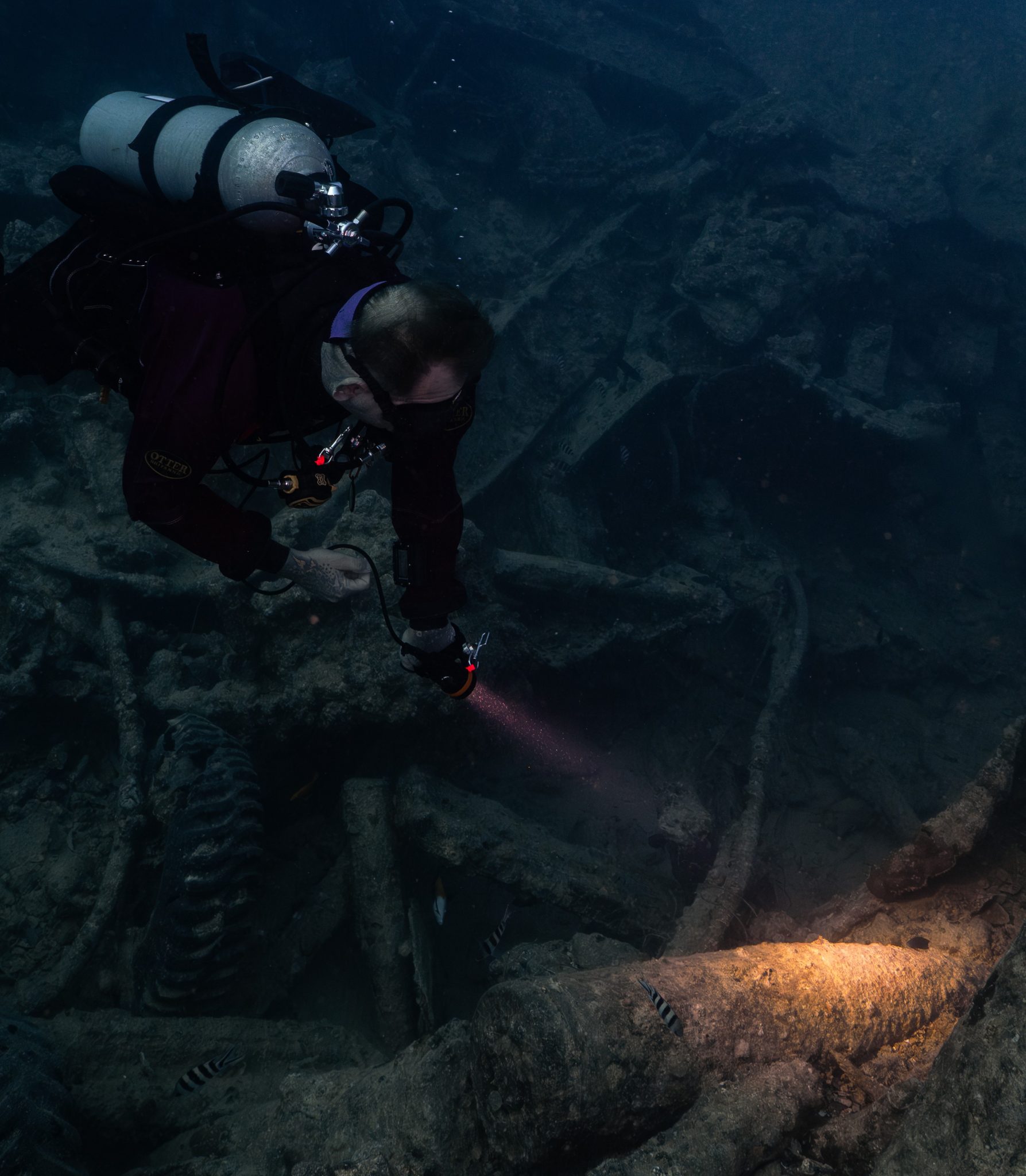
We headed around the exterior, taking a look at the large propeller and guns mounted on deck before entering the wreck on the port side to take a look in the holds. It was incredible to see all the trucks, Norton 16H, and BSA motorcycles still perfectly stacked within, providing a real snapshot in time.
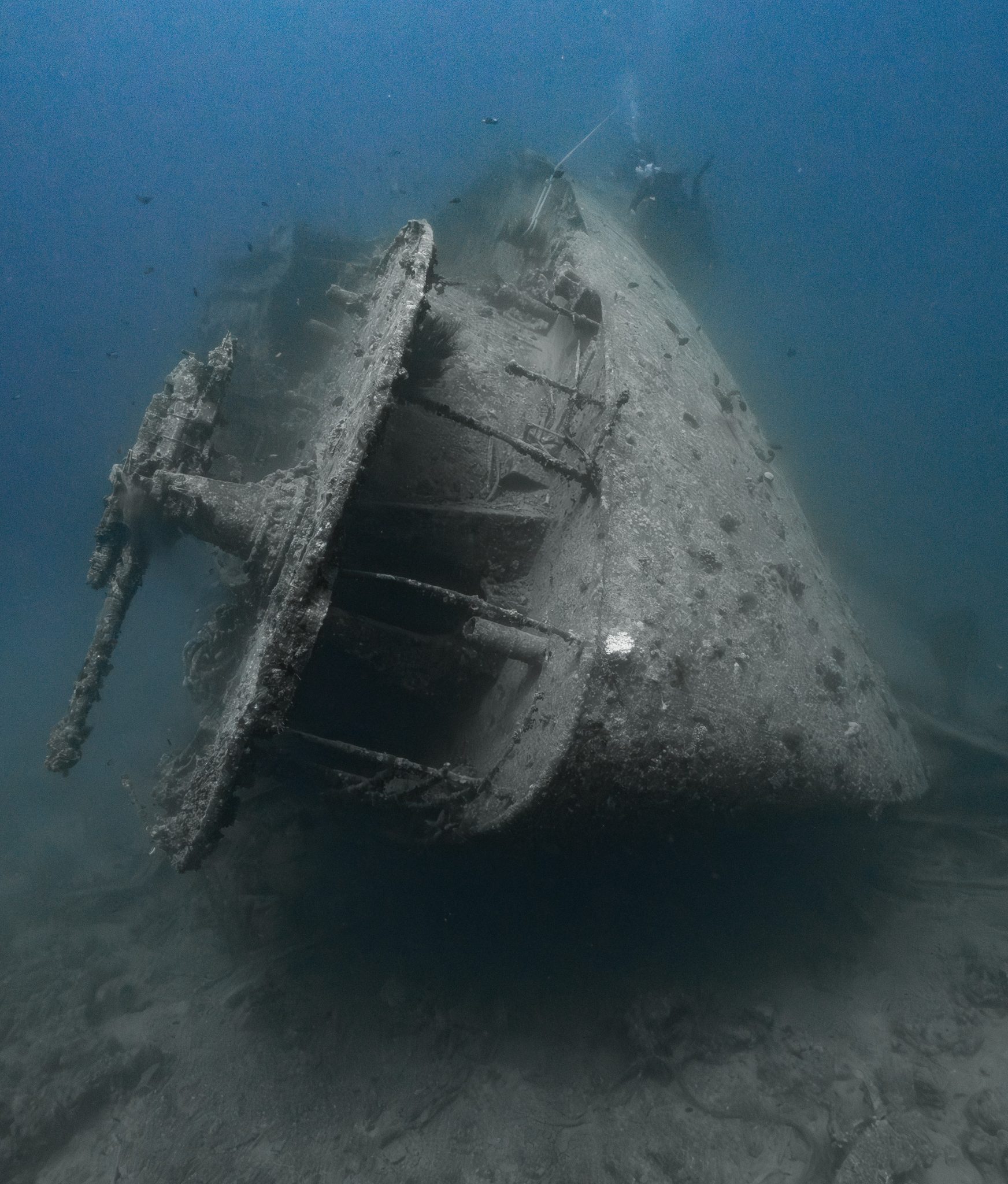
Overall, we had four dives on the Thistlegorm, where for all of the dives we were the only group in the water, and at times, there were just three of us on the whole wreck, which made it even more special, especially knowing that most days the wreck has hundreds of divers. Along with the history of the wreck, there was plenty of marine life on the wreck and around, from big green turtles to batfish, along with shoals of mackerel being hunted by trevally. Some unforgettable dives.
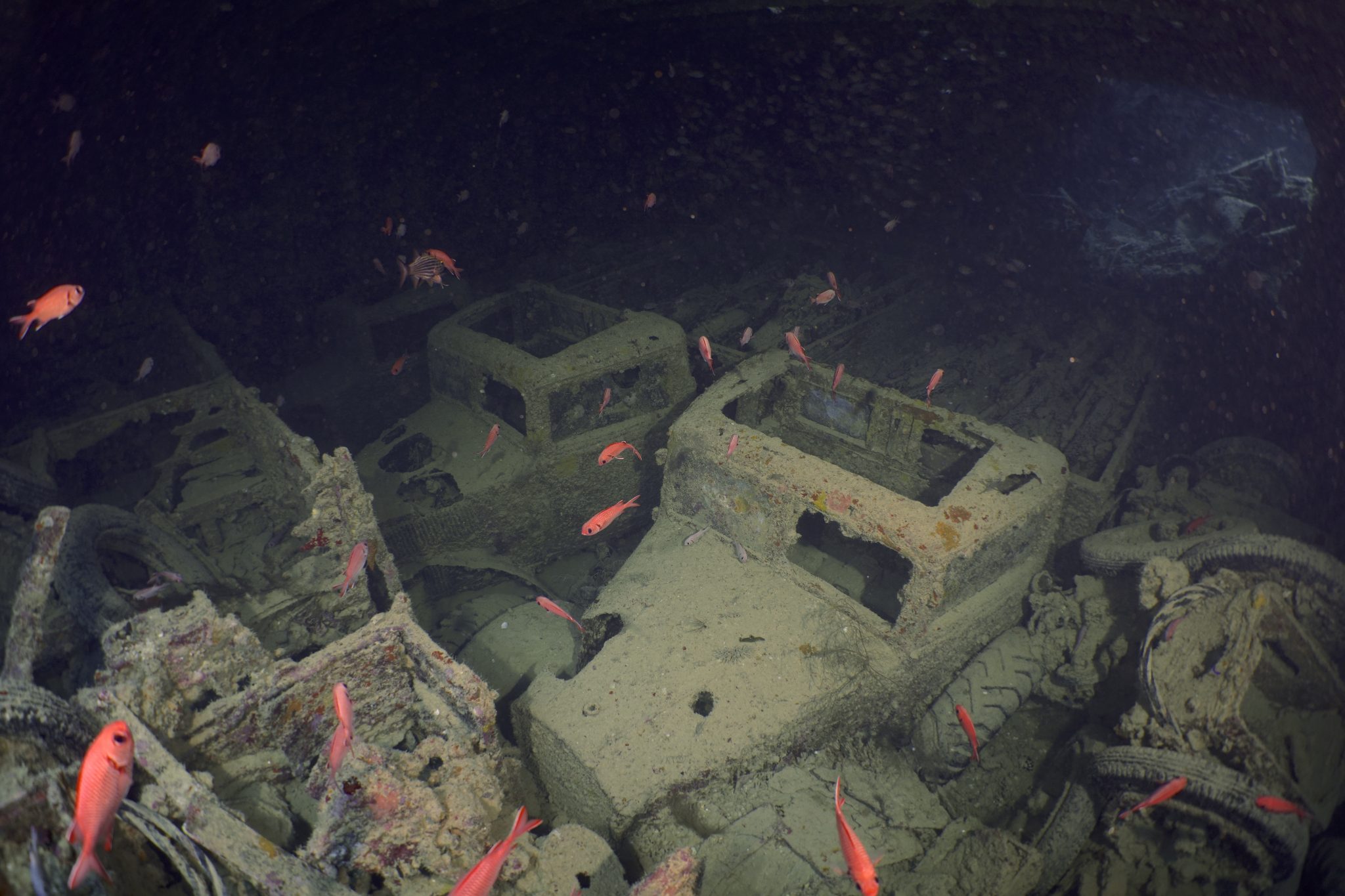
The final leg of the trip saw us cross back over the Suez Canal to the Gobal Islands where we planned to stay the night and do three dives at the Dolphin House for the potential of sharing the dive with dolphins. The site, which included a channel that was teeming with reef fish, especially large numbers of goatfish that swam in large shoals along the edge of the reef. These were nice relaxing dives to end the week. Unfortunately, the dolphins didn’t show up, which was okay as like all marine life they are difficult to predict and you can’t guarantee what’s going to be seen. With the last dive complete, we headed back to port for the final night where it was time to clean all the kit and pack before the departure flight the next day.
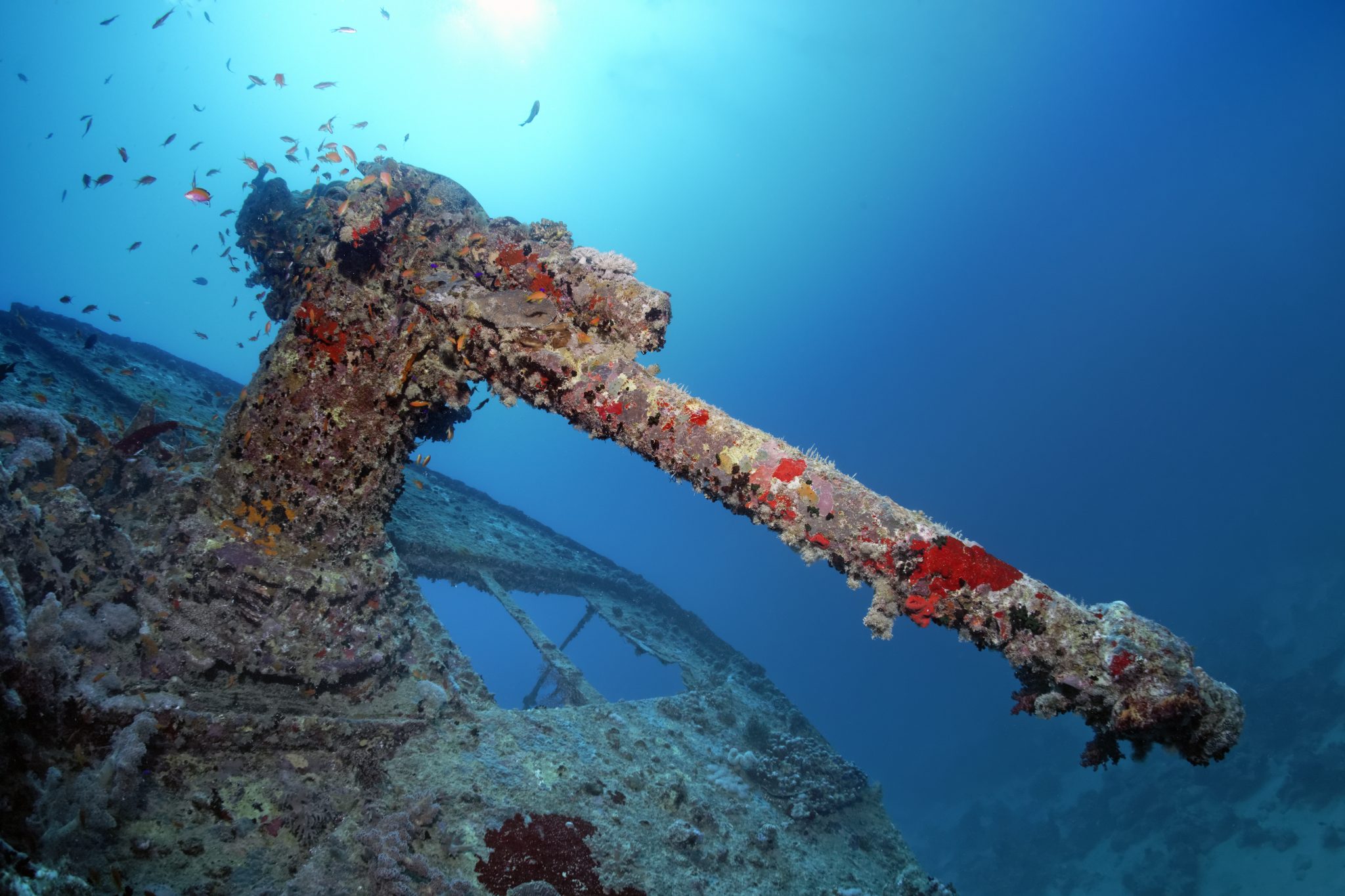
The whole week from start to finish on Ghazala Explorer was amazing; the boat had all the facilities you need for a comfortable week aboard. The crew were always there to help throughout the day and the chefs providing top quality food which was required after every dive. The itinerary providing some of the best diving with a nice mixture of wreck and reef dives. I would recommend the trip to anyone, whether it’s your first Red Sea liveaboard in the Red Sea or you’re revisiting. Hopefully, it’s not too long before I head back to explore more of the Red Sea onboard Ghazala Explorer.
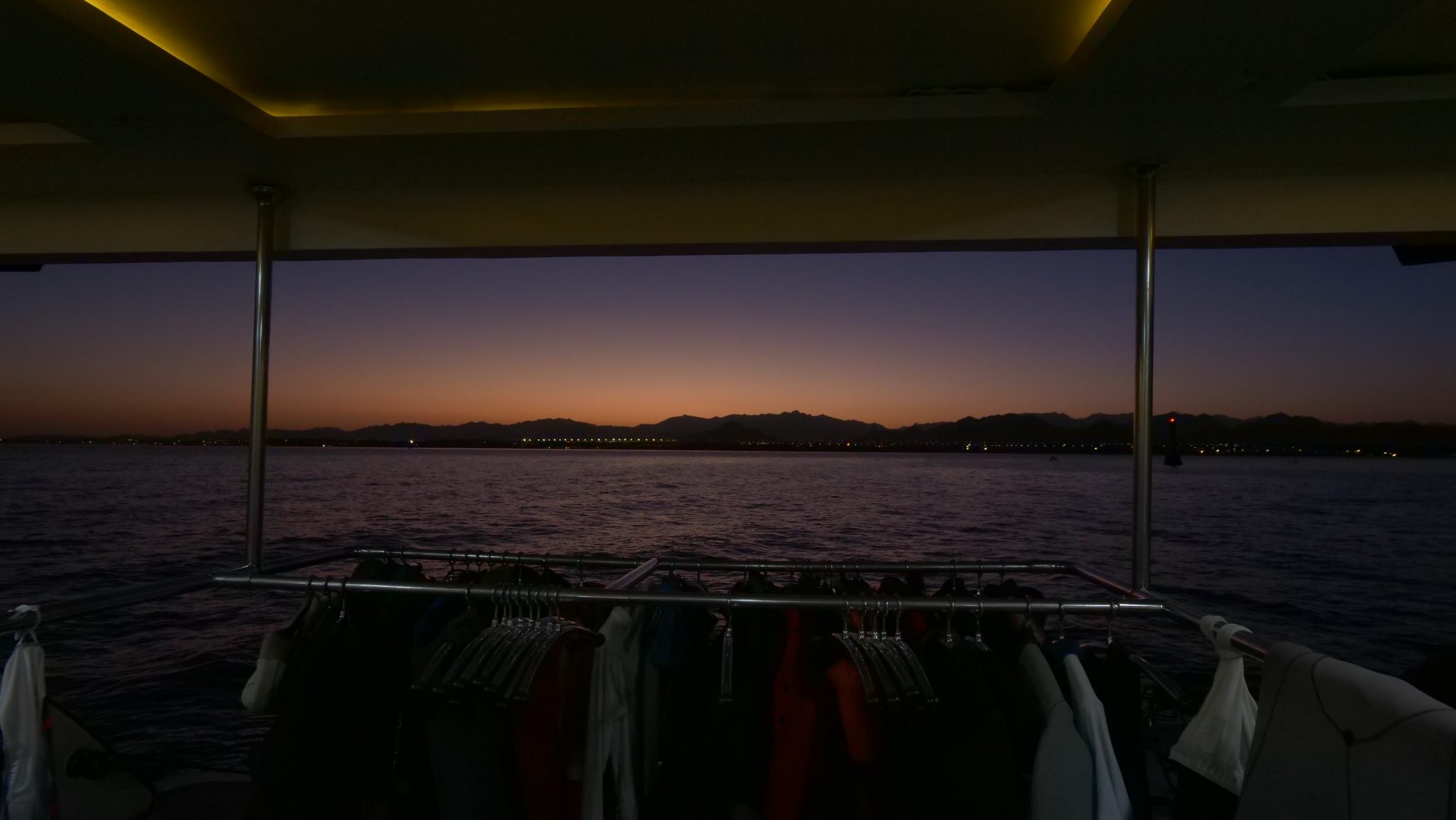
To find out more about the Northern Red Sea reef and wrecks itineraries aboard Ghazala Explorer, or to book, contact Scuba Travel now:
Email: dive@scubatravel.com
Tel: +44 (0)1483 411590
Photos: Jake Davies / Avalon.Red
Blogs
Northern Red Sea Reefs and Wrecks Trip Report, Part 2: Wall to Wall Wrecks
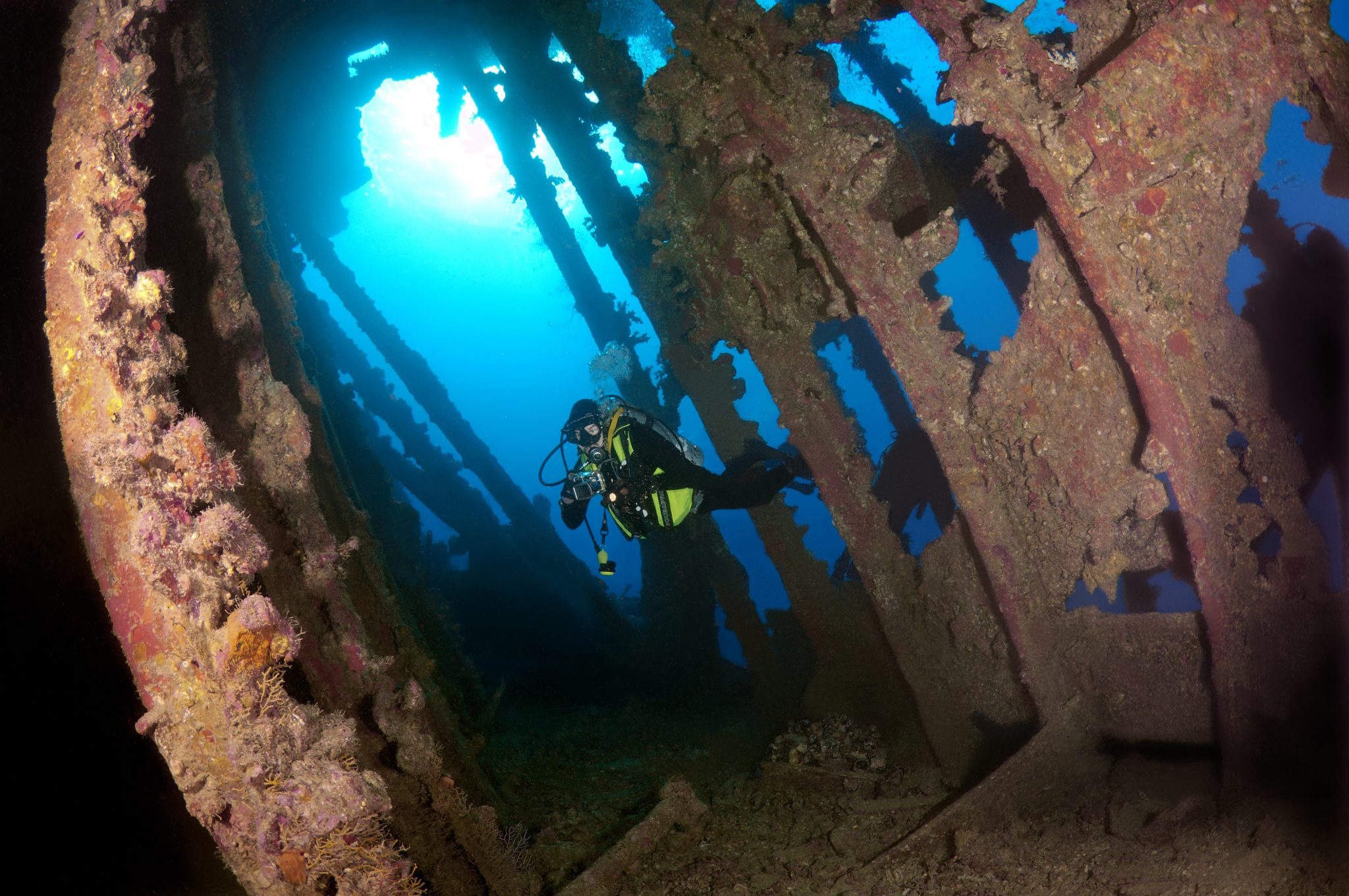
Jake Davies boards Ghazala Explorer for an unforgettable Red Sea diving experience…
The second day’s diving was a day full of wreck diving at Abu Nuhas, which included the Chrisoula K, Carnatic, and Ghiannis D. The first dive of the day was onto the Chrisoula K, also known as the wreck of tiles. The 98m vessel remains largely intact where she was loaded with tiles which can be seen throughout the hold. The stern sits at 26m and the bow just below the surface. One of the highlights of the wreck is heading inside and seeing the workroom where the machinery used for cutting the tiles are perfectly intact. The bow provided some relaxing scenery as the bright sunlight highlighted the colours of the soft coral reef and the many reef fish.
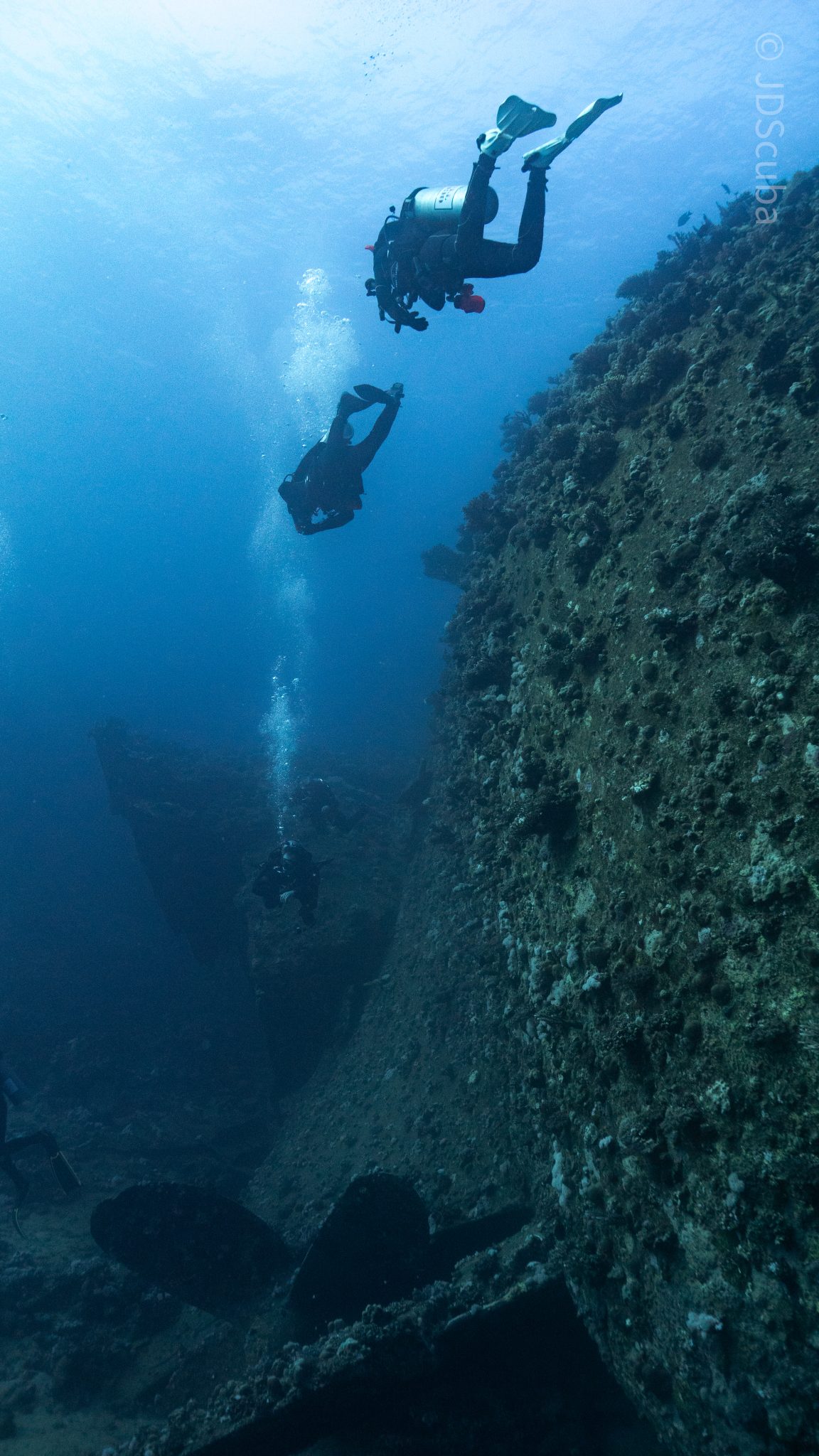
Following breakfast, we then headed to the next wreck, which was the Carnatic. The Carnatic is an 89.9m sail steamer vessel that was built in Britain back in 1862. She ran aground on the reef back in 1869 and remains at 27m. At the time, she was carrying a range of items, including 40,000 sterling in gold. An impressive wreck where much of the superstructure remains, and the two large masts lay on the seafloor. The wooden ribs of the hull provide structures for lots of soft corals, and into the stern section, the light beams through, bouncing off the large shoals of glass fish that can be found using the structure as shelter from the larger predators that are found outside of the wreck.
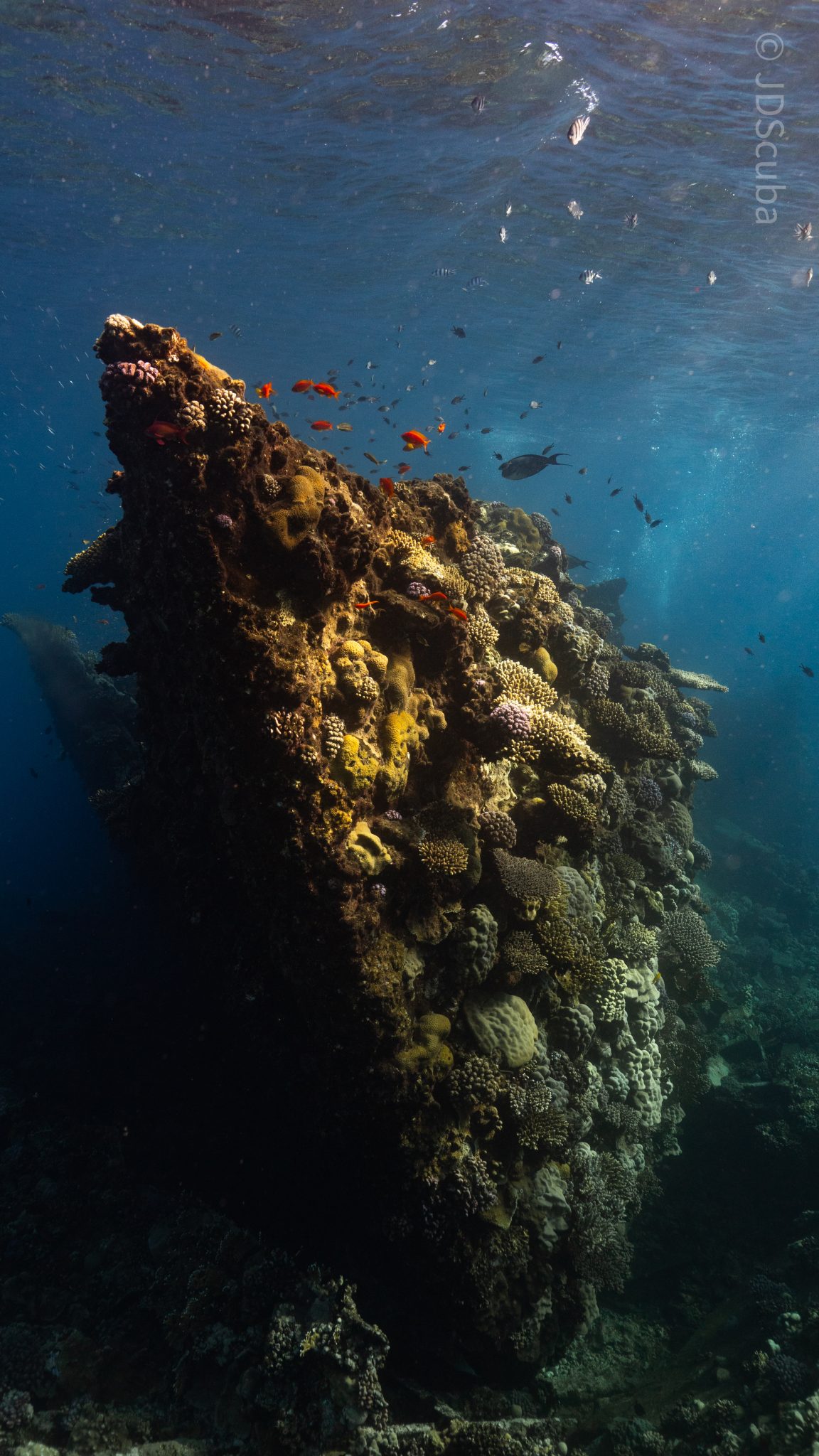
The final wreck at Abu Nuhas was the Ghiannis D, originally called ‘Shoyo Maru,’ which was 99.5m long and built in Japan back in 1969 before becoming a Greek-registered cargo ship in 1980. The ship then ran aground on the reef on April 19th, 1983, and now sits at the bottom at a depth of 27m. Heading down the line, the stern of the ship remains in good condition compared to the rest of the hull. The highlight of the wreck, though, is heading into the stern section and down the flights of stairs to enter the engine room, which remains in good condition and is definitely worth exploring. After exploring the interior section of the ship, we then headed over to see the rest of the superstructure, where it’s particularly interesting to see the large table corals that have grown at the bow relatively quickly considering the date the ship sank. After surfacing and enjoying some afternoon snacks, we made sure everything was strapped down and secured as we would be heading north and crossing the Gulf of Suez, where the winds were still creating plenty of chop.
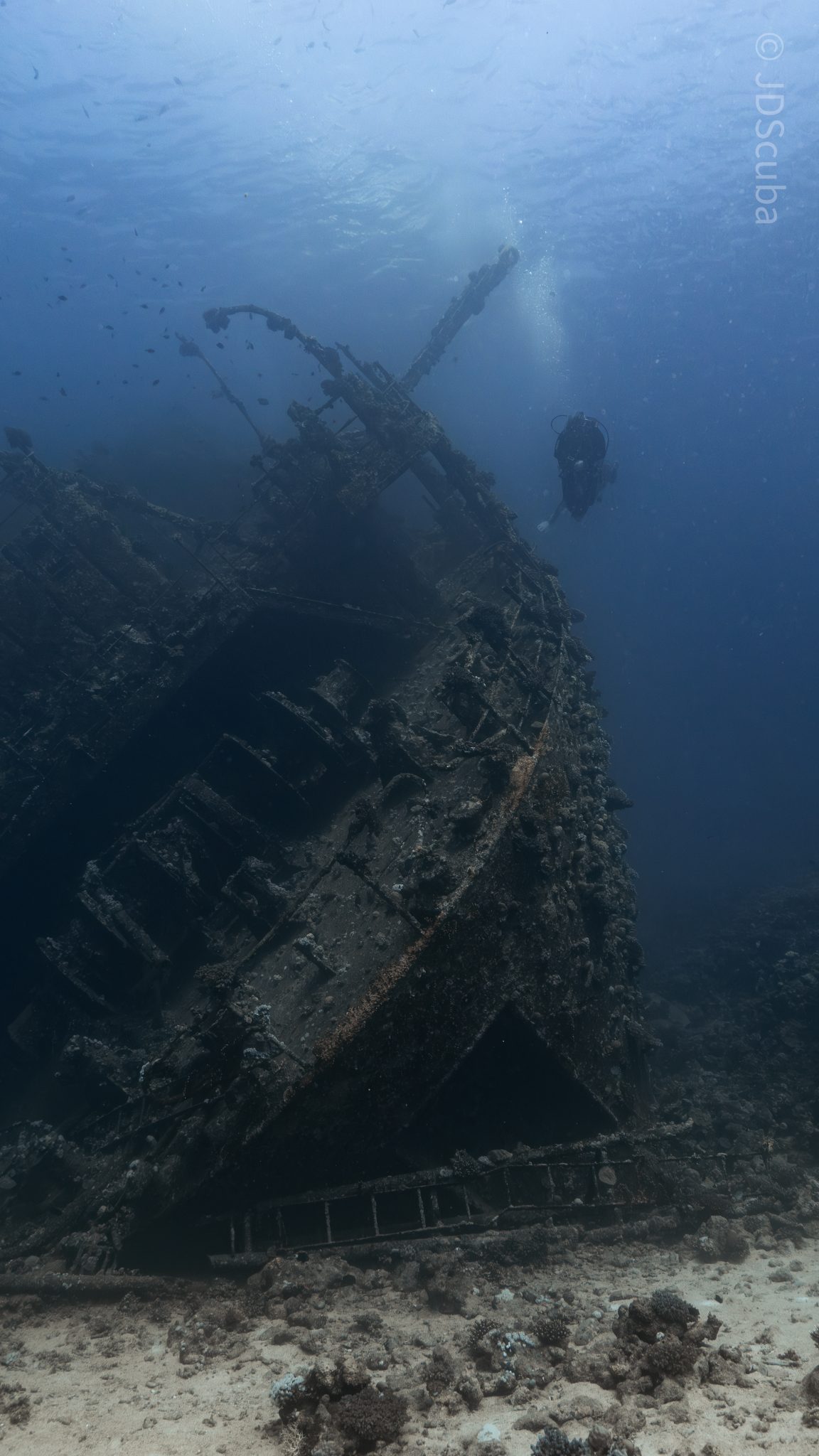
The next morning, it was a short hop to Ras Mohammed Nature Reserve for the next couple of days of diving. The 6am wake-up call came along with the briefing for the first site we would be diving, which was Shark & Yolanda. The low current conditions allowed us to start the dive at Anemone City, where we would drift along the steep, coral-filled wall. These dives involved drifts, as mooring in Ras Mohammed wasn’t allowed to protect the reefs. As a dive site, Shark & Yolanda is well-known and historically had a lot of sharks, but unfortunately not so many in recent years, especially not so early in the season. However, there was always a chance when looking out into the blue.
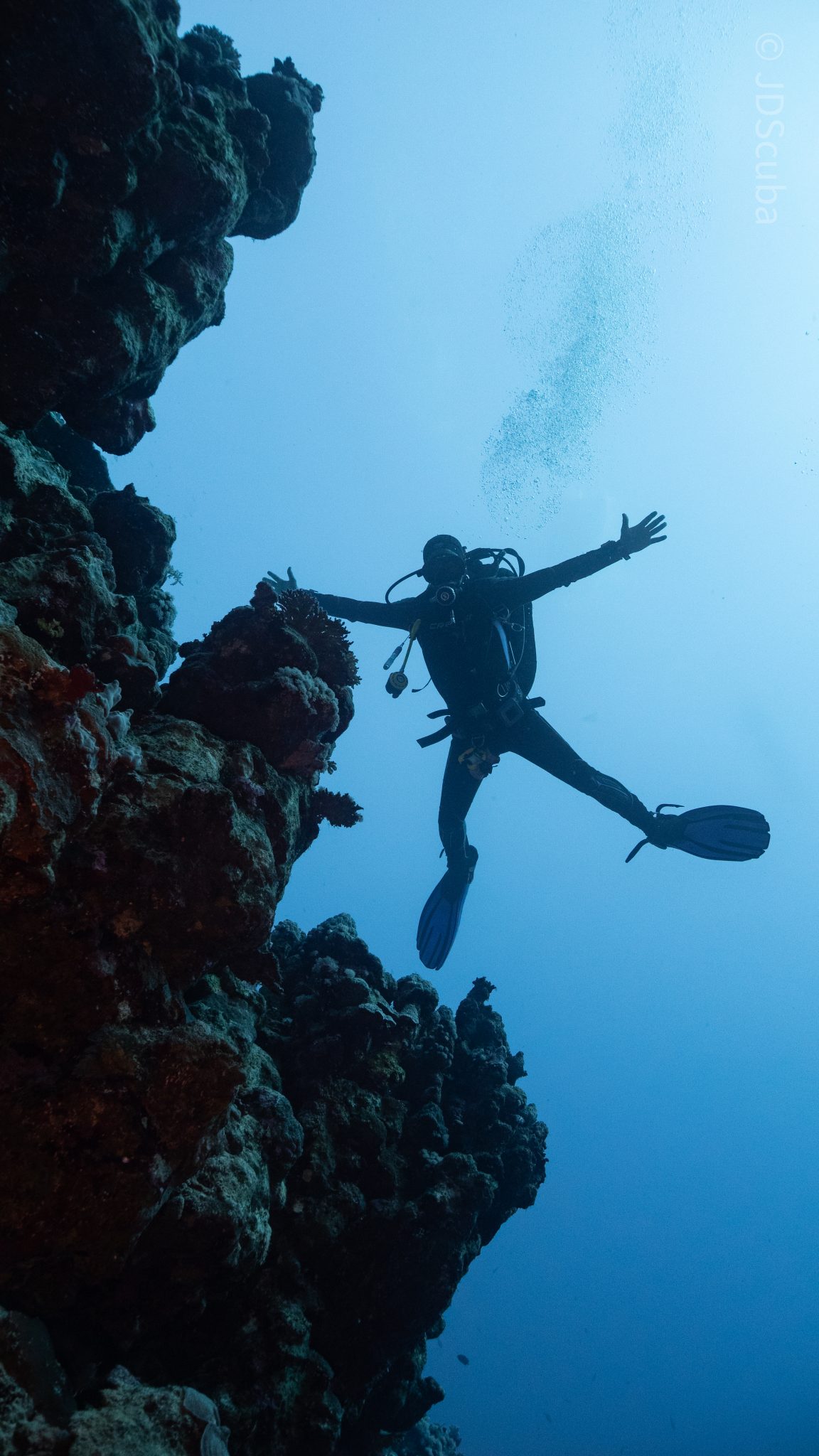
The gentle drift took us along the steep walls of the site, with plenty of anemone fish to be seen and a huge variety of corals. It wasn’t long into the dive before we were accompanied by a hawksbill turtle, who drifted with us between the two atolls before parting ways. Between the two reefs, the shallow patch with parts of coral heads surrounded by sand provided the chance to see a few blue-spotted stingrays that were mainly resting underneath the corals and are always a pleasure to see. With this being the morning dive, the early sunlight lit up the walls, providing tranquil moments. Looking out into the blue, there was very little to be seen, but a small shoal of batfish shimmering underneath the sunlight was a moment to capture as we watched them swim by as they watched us.
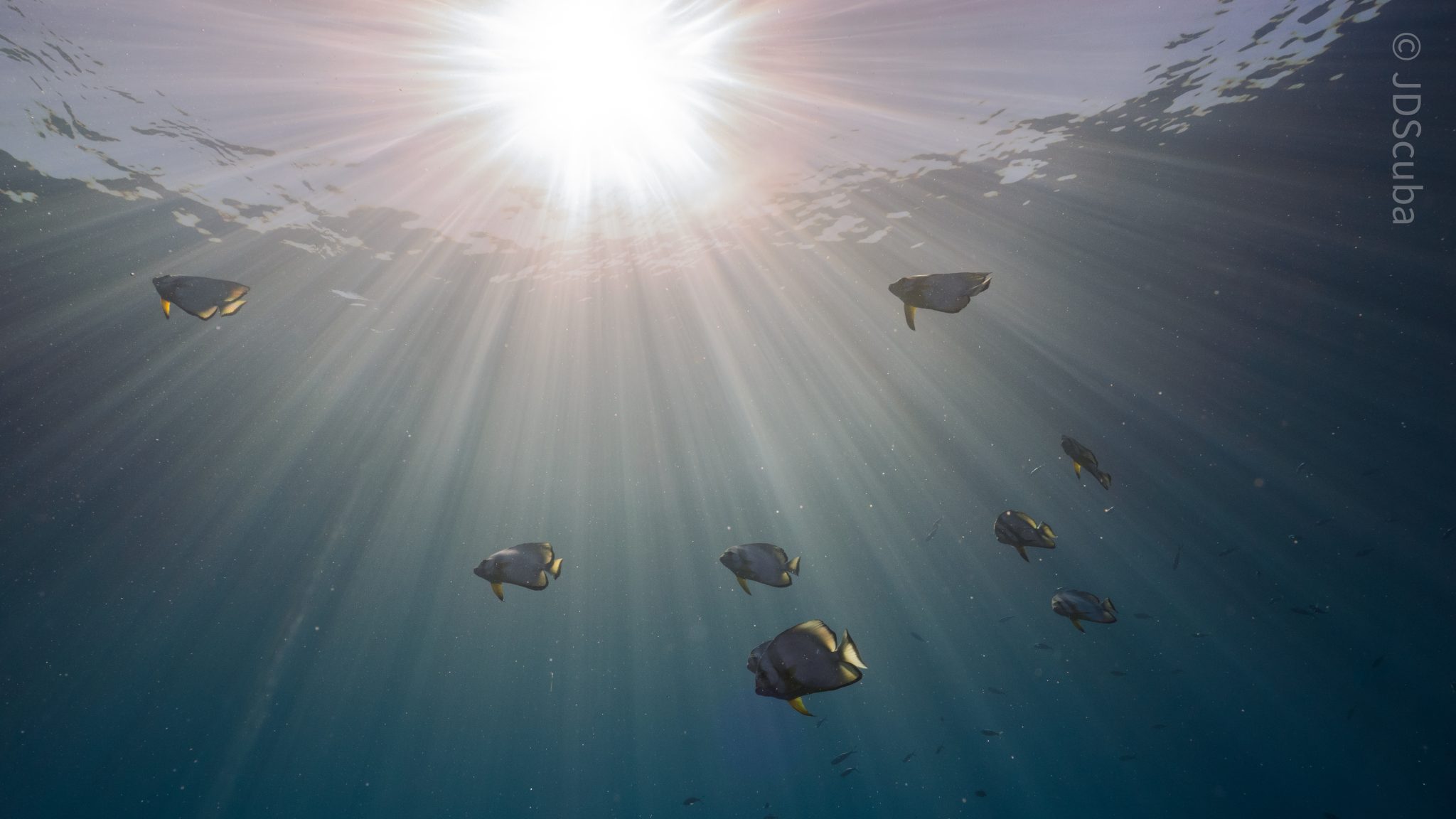
Towards the end of the dive, we stopped at the wreck of the Jolanda where the seafloor was scattered with toilets from the containers it was carrying. This provided a unique site to make a safety stop, which was also accompanied by a large barracuda slowly swimming by, along with a hawksbill turtle calmly swimming over the reef as the sun rays danced in the distance.
For the next dive, we headed north to the Strait of Tiran to explore the reefs situated between Tiran Island and Sharm El Sheik, which were named after the British divers who had found them. We started on Jackson before heading to Gordons Reef, where we also did the night dive. All the atolls at these sites provided stunning, bustling coral reefs close to the surface and steep walls to swim along, which always provided the opportunity to keep an eye out for some of the larger species that can be seen in the blue. Midwater around Jackson Reef was filled with red-toothed triggerfish and shoals of banner fish, which at times were so dense that you couldn’t see into the blue. Moments went by peacefully as we enjoyed the slow drift above the reef, watching these shoals swim around under the mid-afternoon sun.
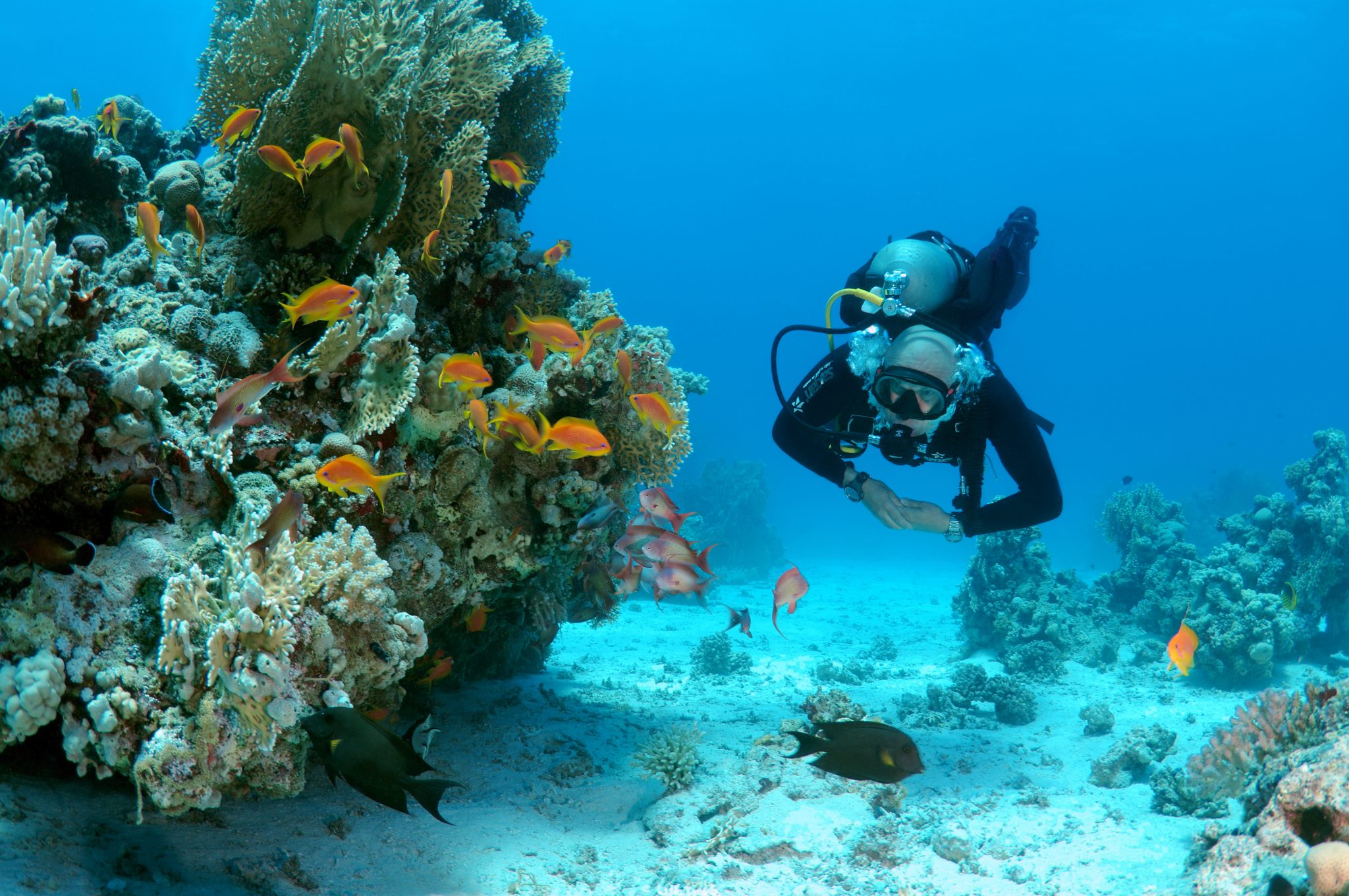
The night dive at Gordon’s Reef was mainly among the stacks of corals surrounded by sand, which was great to explore under the darkness. After some time circling the corals, we came across what we were really hoping to find, and that was an octopus hunting on the reef. We spent the majority of the dive just watching it crawl among the reef, blending into its changing surroundings through changes in colour and skin texture. It’s always so fascinating and captivating to watch these incredibly intelligent animals, in awe of their ability to carry out these physical changes to perfectly blend into the reef. Before we knew it, it was time to head back to the boat to enjoy a well-deserved tasty dinner prepared by the talented chefs onboard.
Check in for the 3rd and final part of this series from Jake tomorrow!
To find out more about the Northern Red Sea reef and wrecks itineraries aboard Ghazala Explorer, or to book, contact Scuba Travel now:
Email: dive@scubatravel.com
Tel: +44 (0)1483 411590
Photos: Jake Davies / Avalon.Red
-
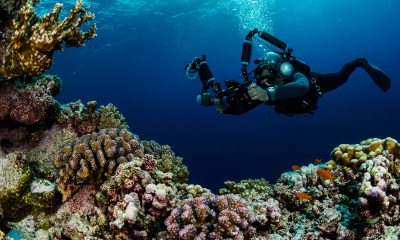
 News3 months ago
News3 months agoHone your underwater photography skills with Alphamarine Photography at Red Sea Diving Safari in March
-
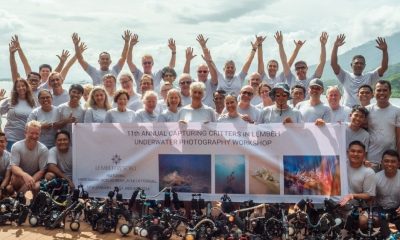
 News3 months ago
News3 months agoCapturing Critters in Lembeh Underwater Photography Workshop 2024: Event Roundup
-
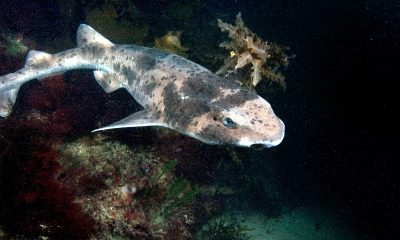
 Marine Life & Conservation Blogs3 months ago
Marine Life & Conservation Blogs3 months agoCreature Feature: Swell Sharks
-
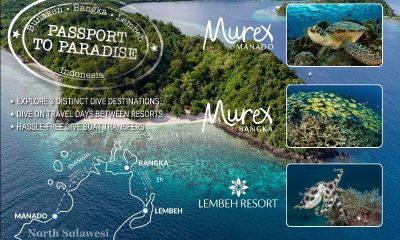
 Blogs2 months ago
Blogs2 months agoMurex Resorts: Passport to Paradise!
-
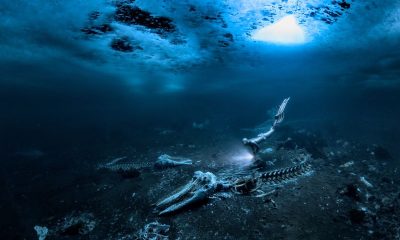
 Blogs2 months ago
Blogs2 months agoDiver Discovering Whale Skeletons Beneath Ice Judged World’s Best Underwater Photograph
-
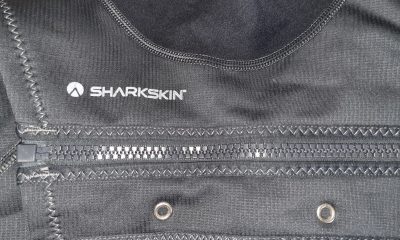
 Gear Reviews2 weeks ago
Gear Reviews2 weeks agoGEAR REVIEW – Revolutionising Diving Comfort: The Sharkskin T2 Chillproof Suit
-
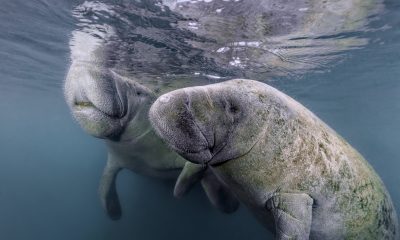
 Marine Life & Conservation2 months ago
Marine Life & Conservation2 months agoSave the Manatee Club launches brand new webcams at Silver Springs State Park, Florida
-

 Gear Reviews3 months ago
Gear Reviews3 months agoGear Review: Oceanic+ Dive Housing for iPhone



